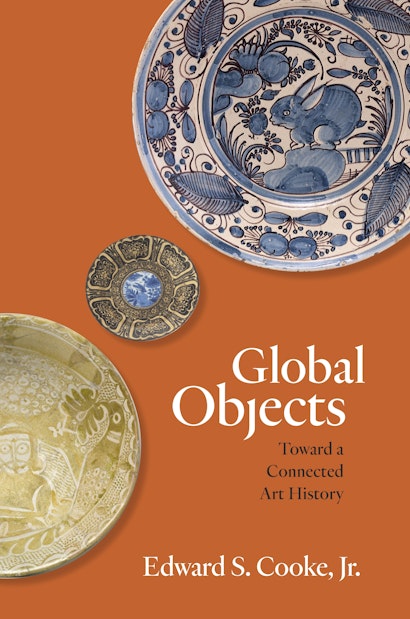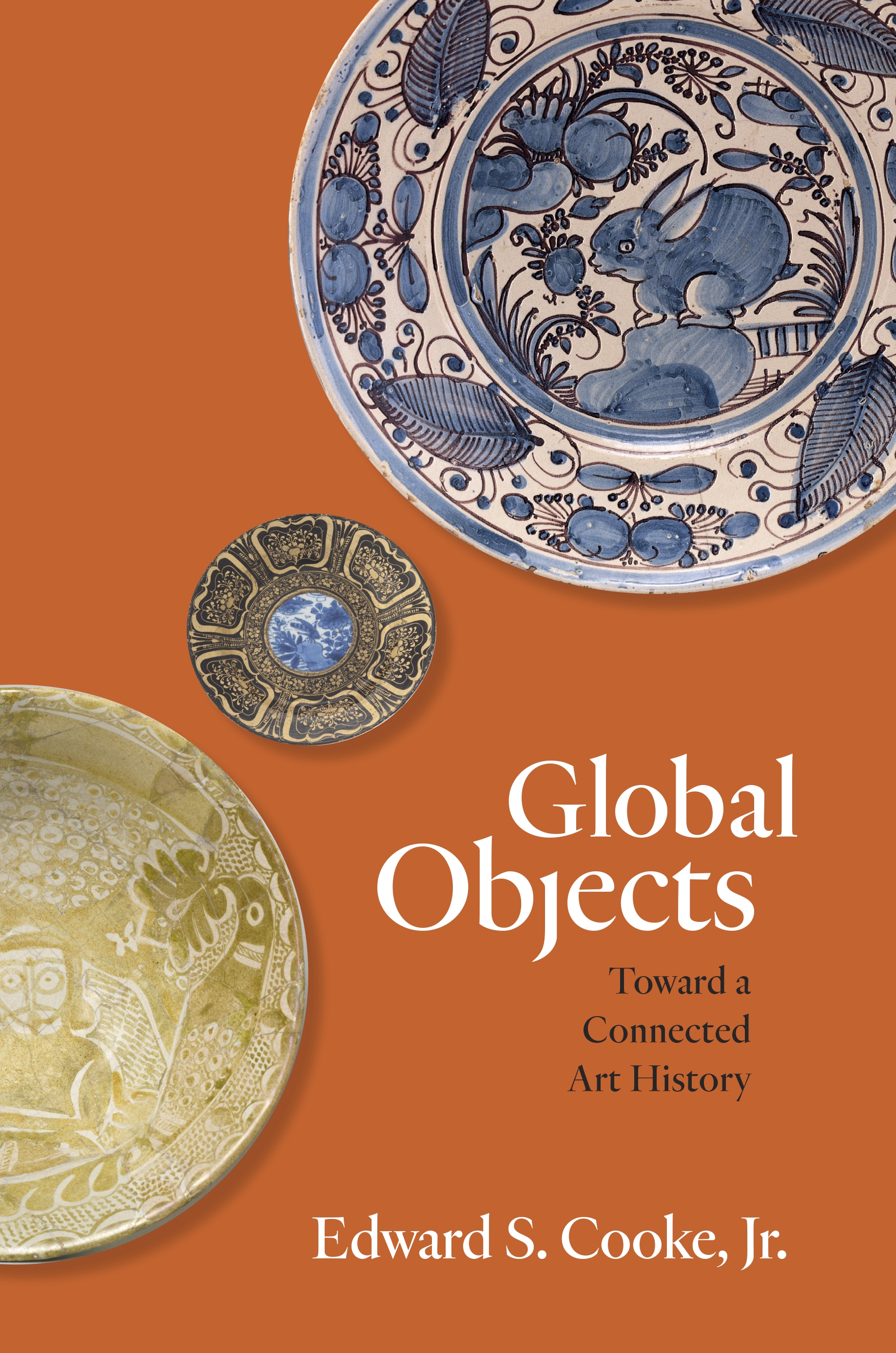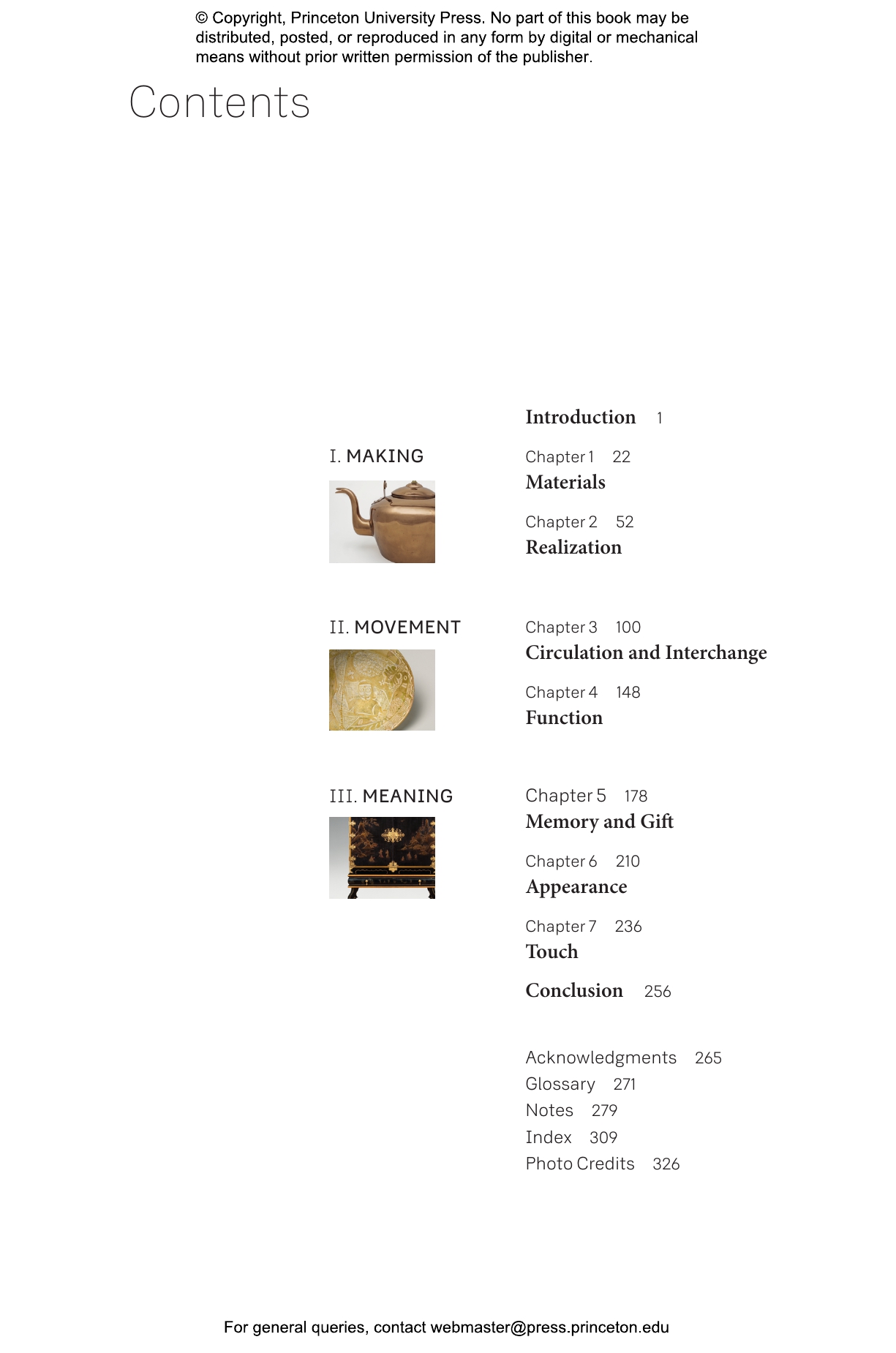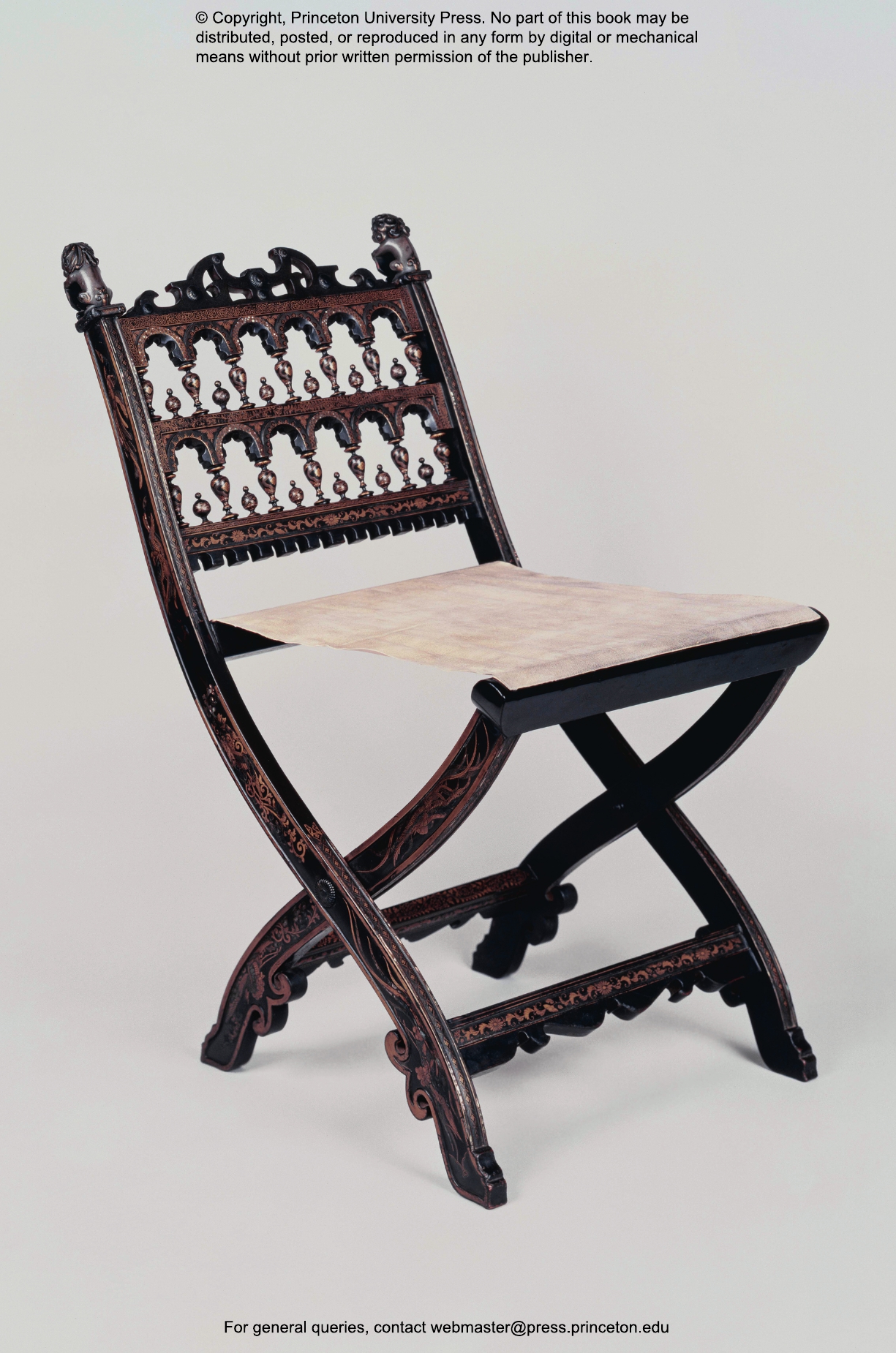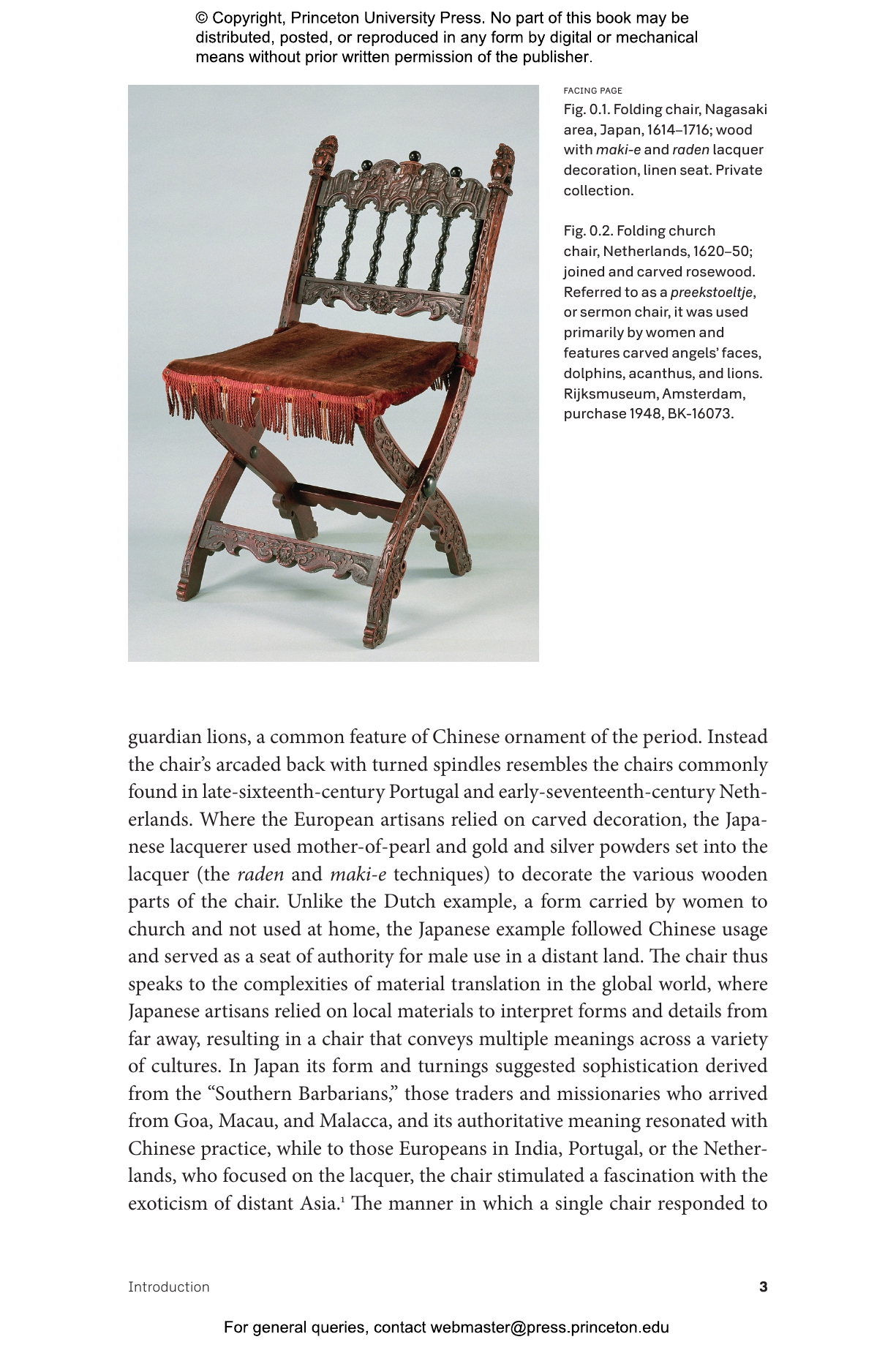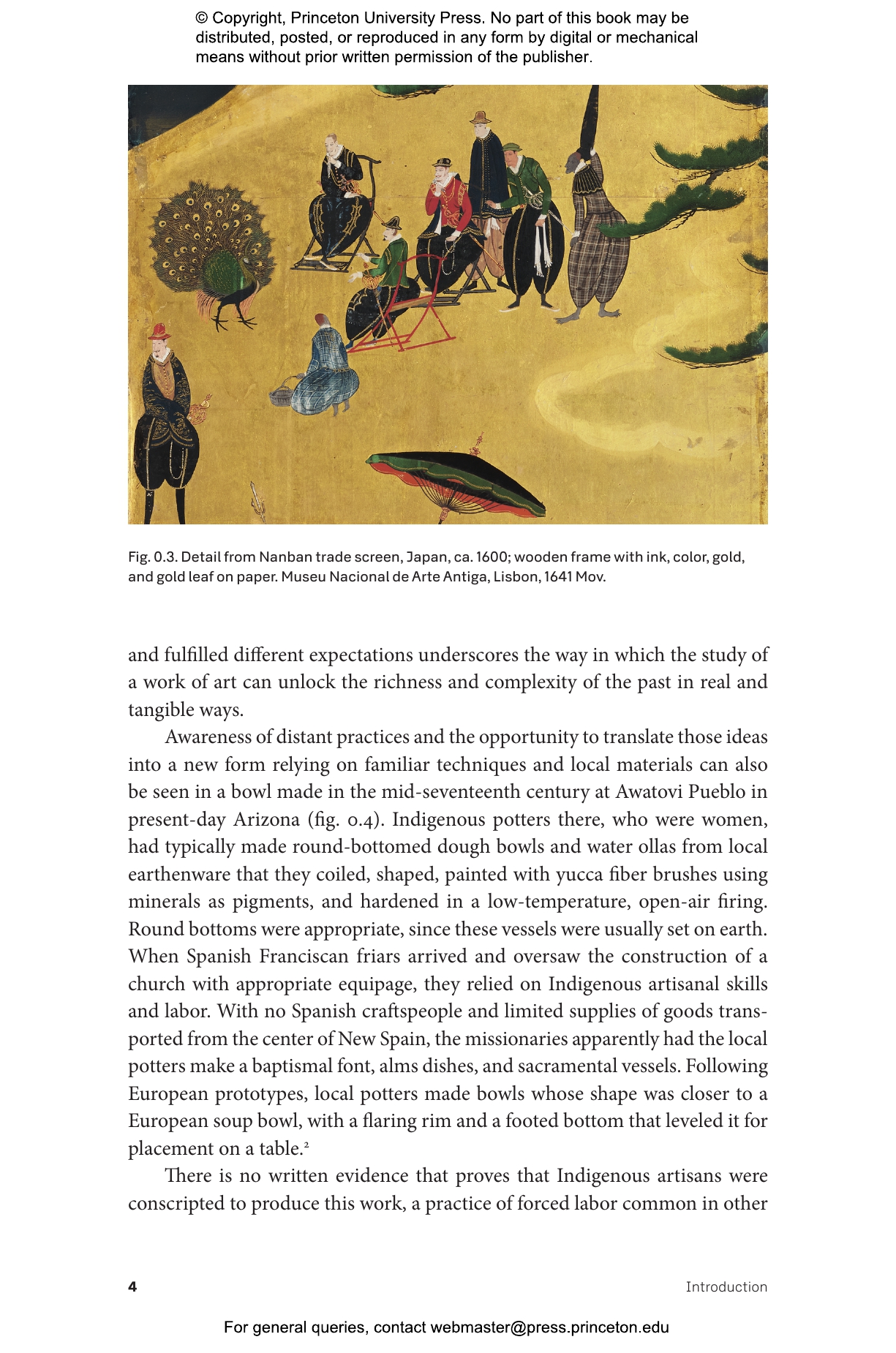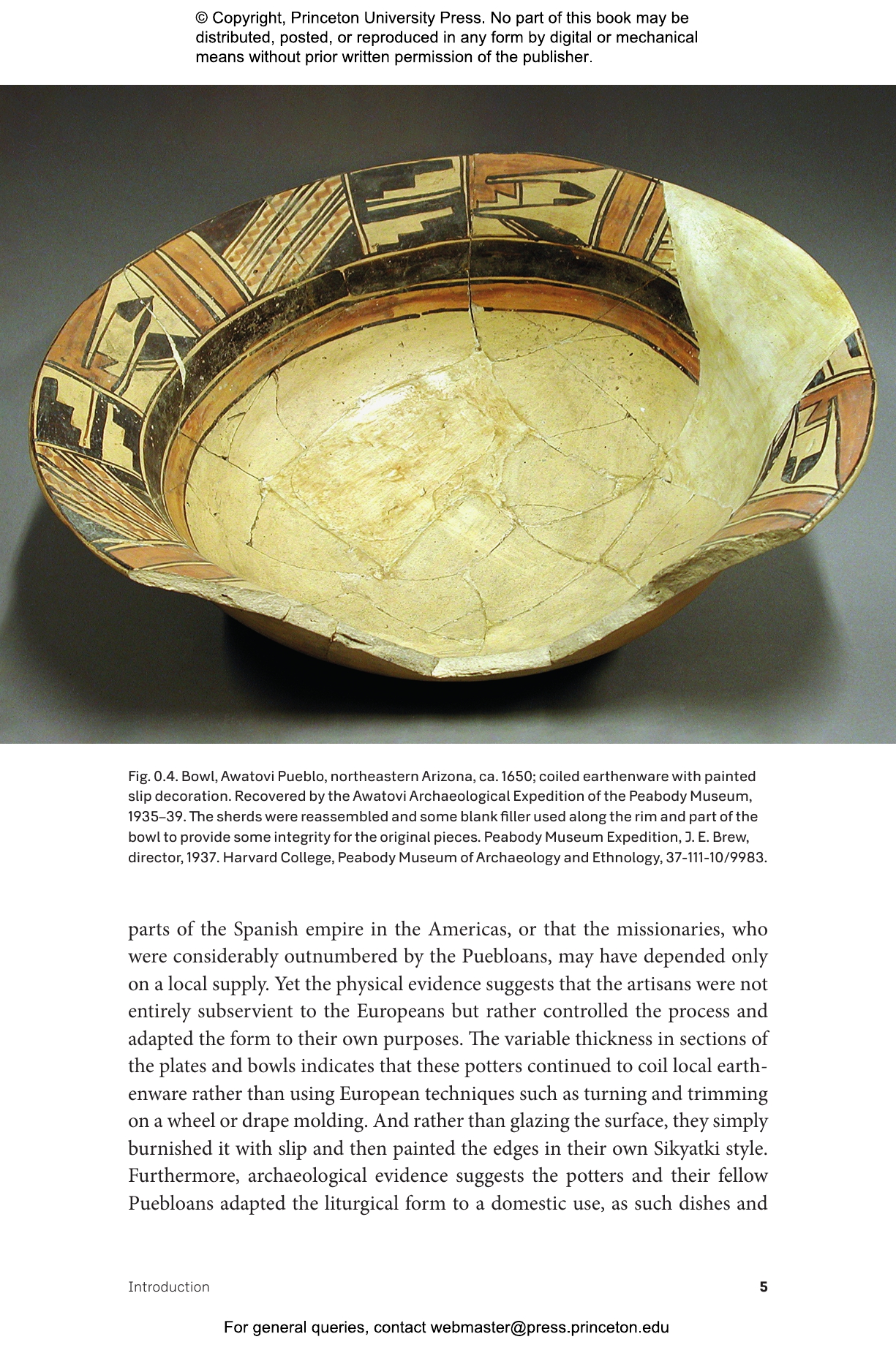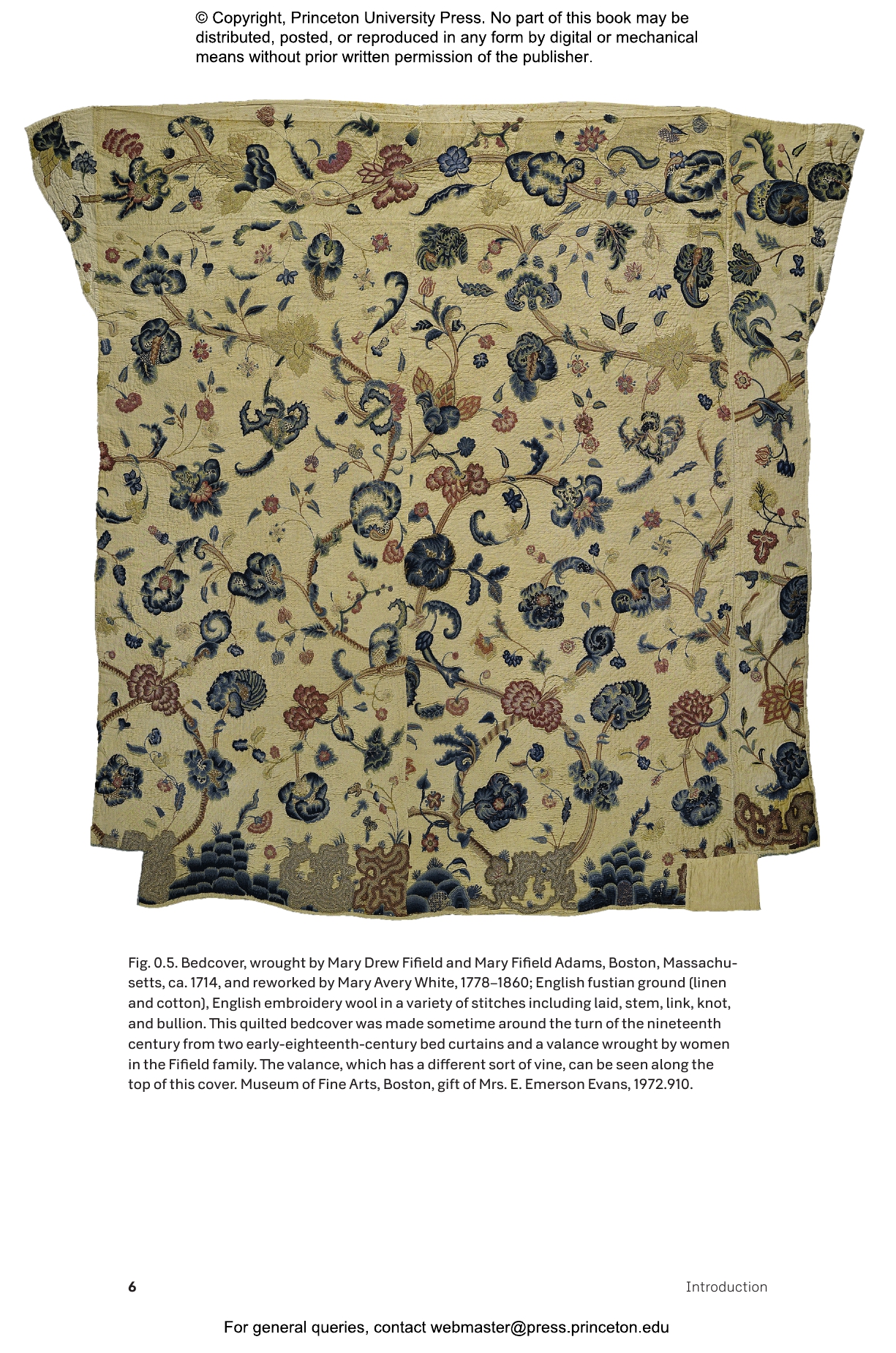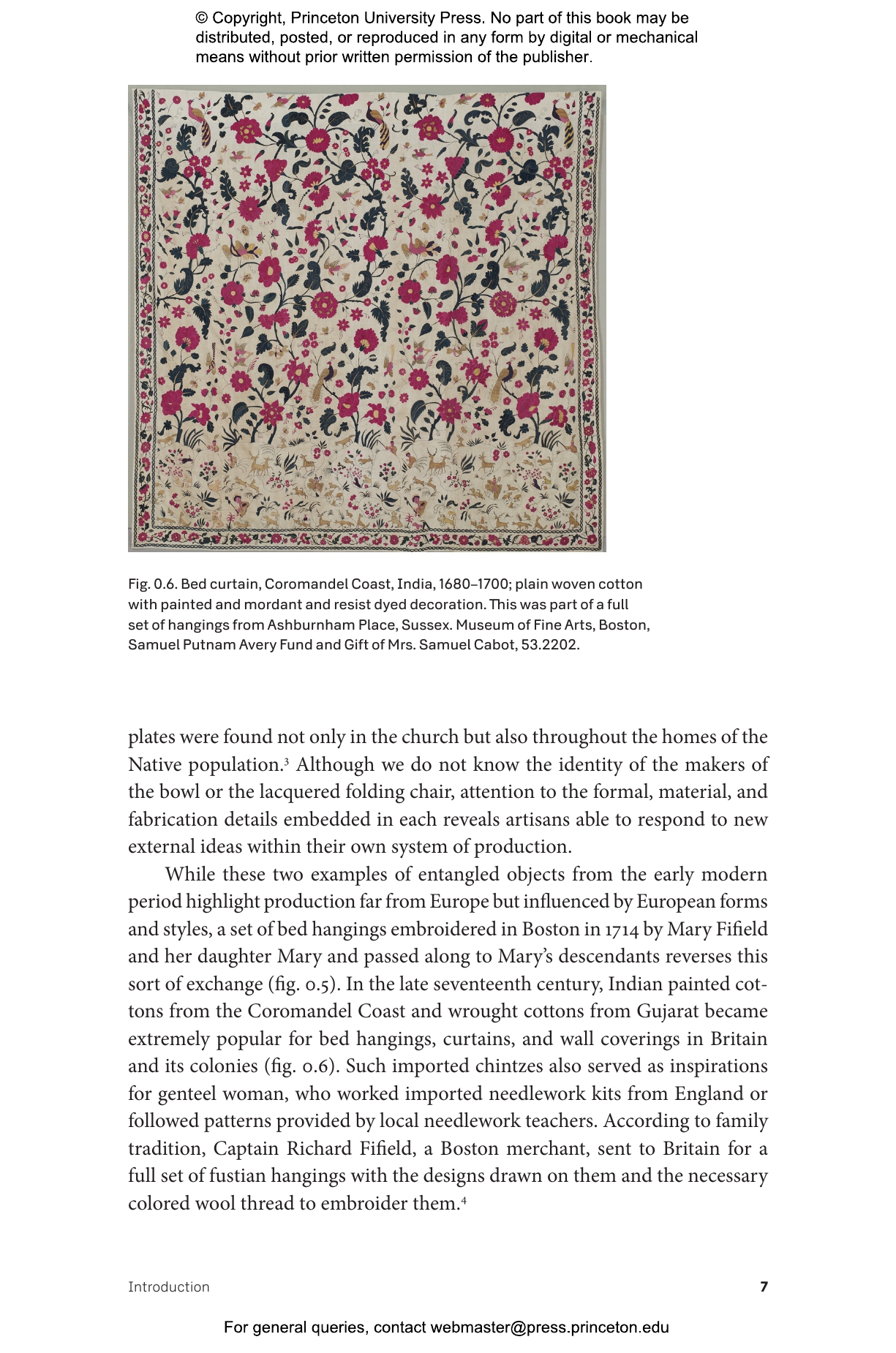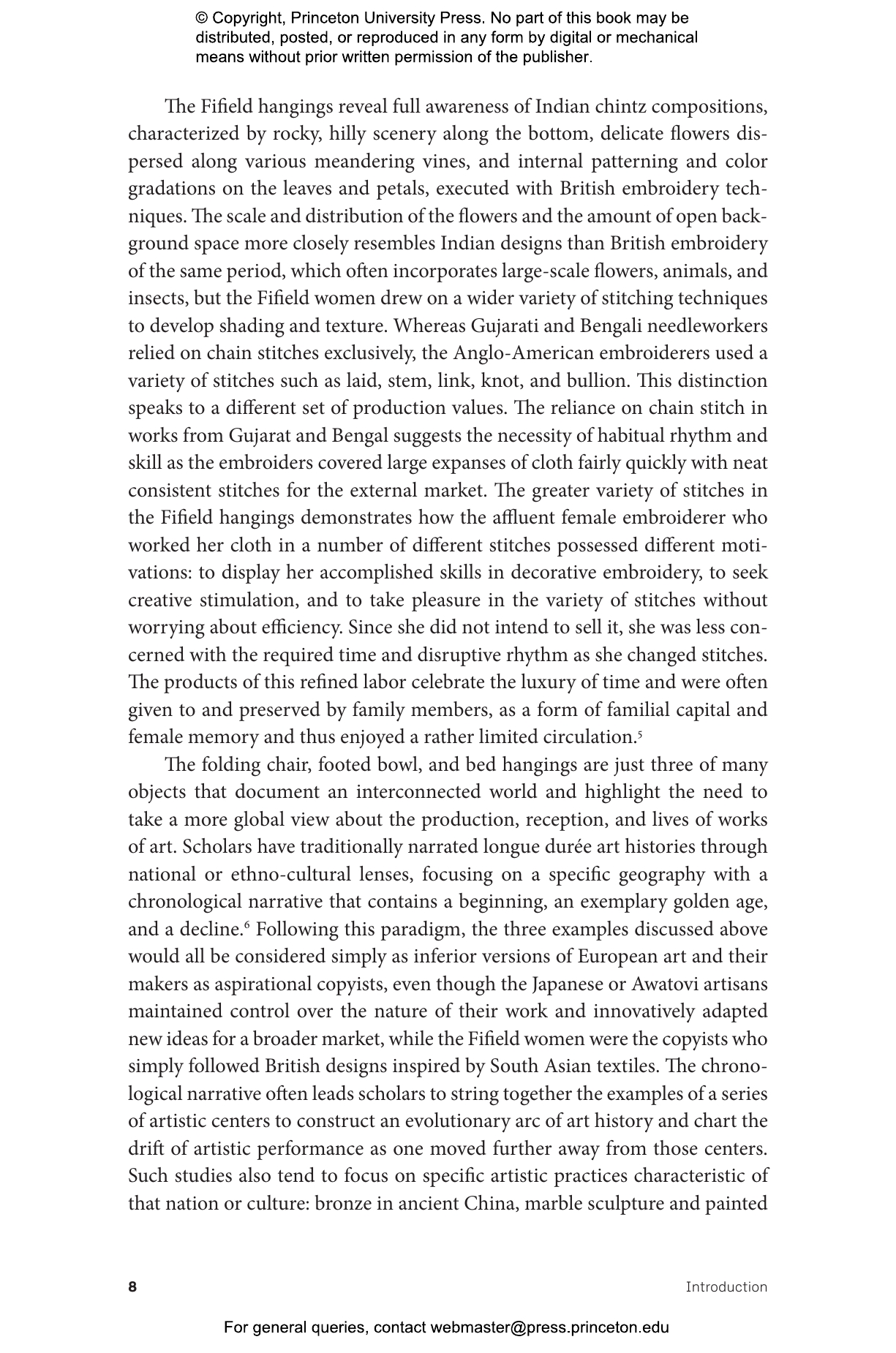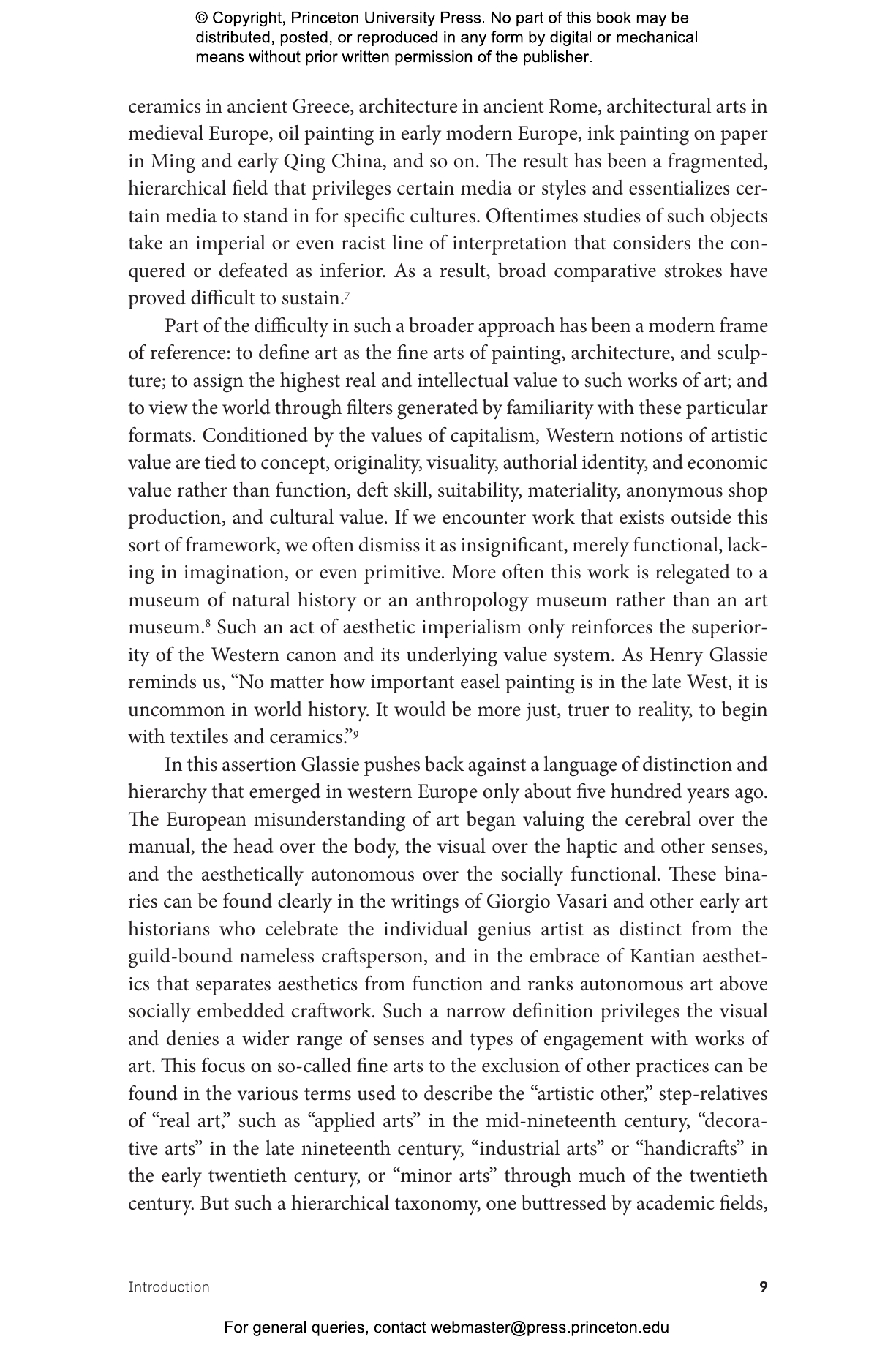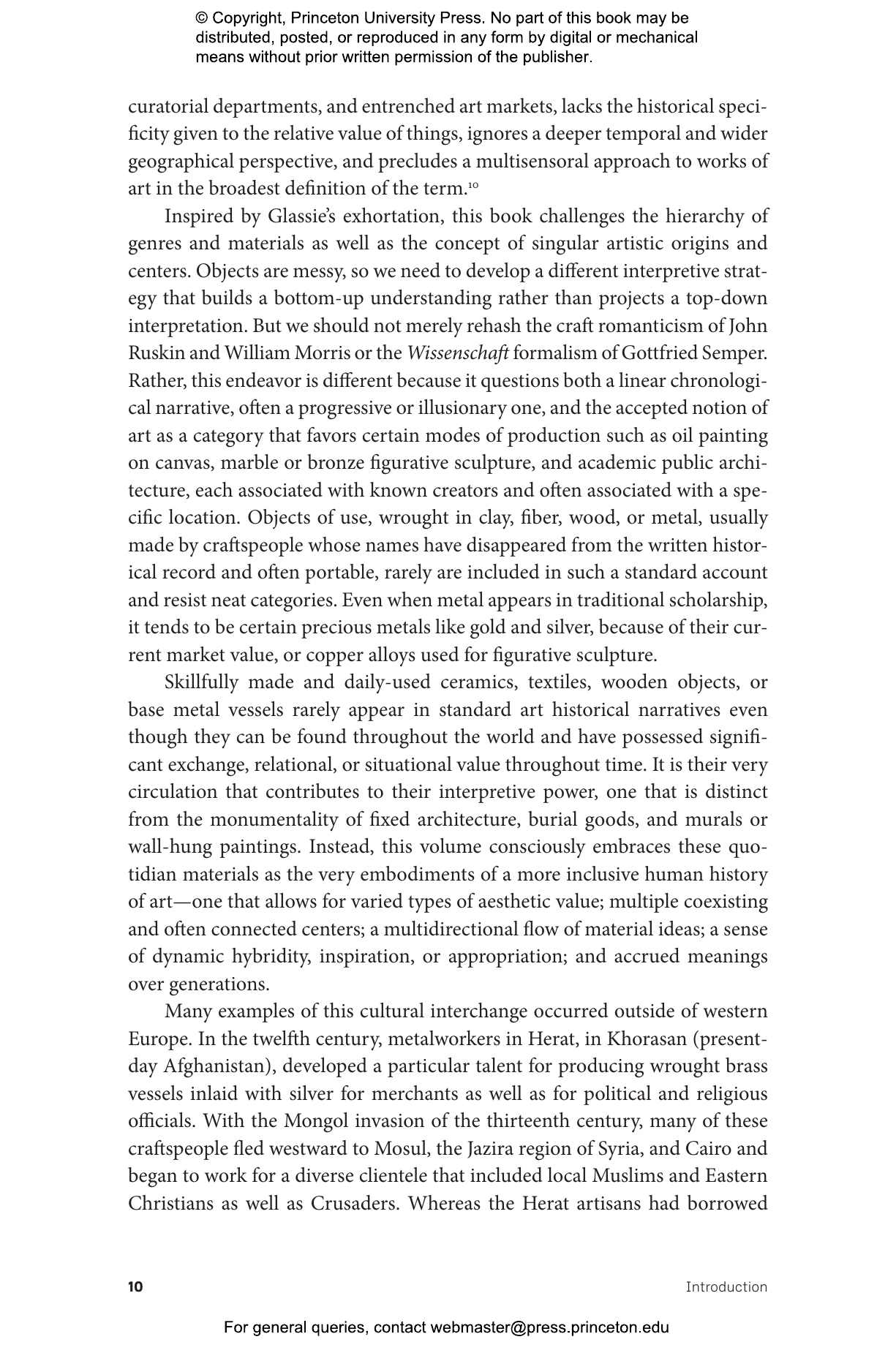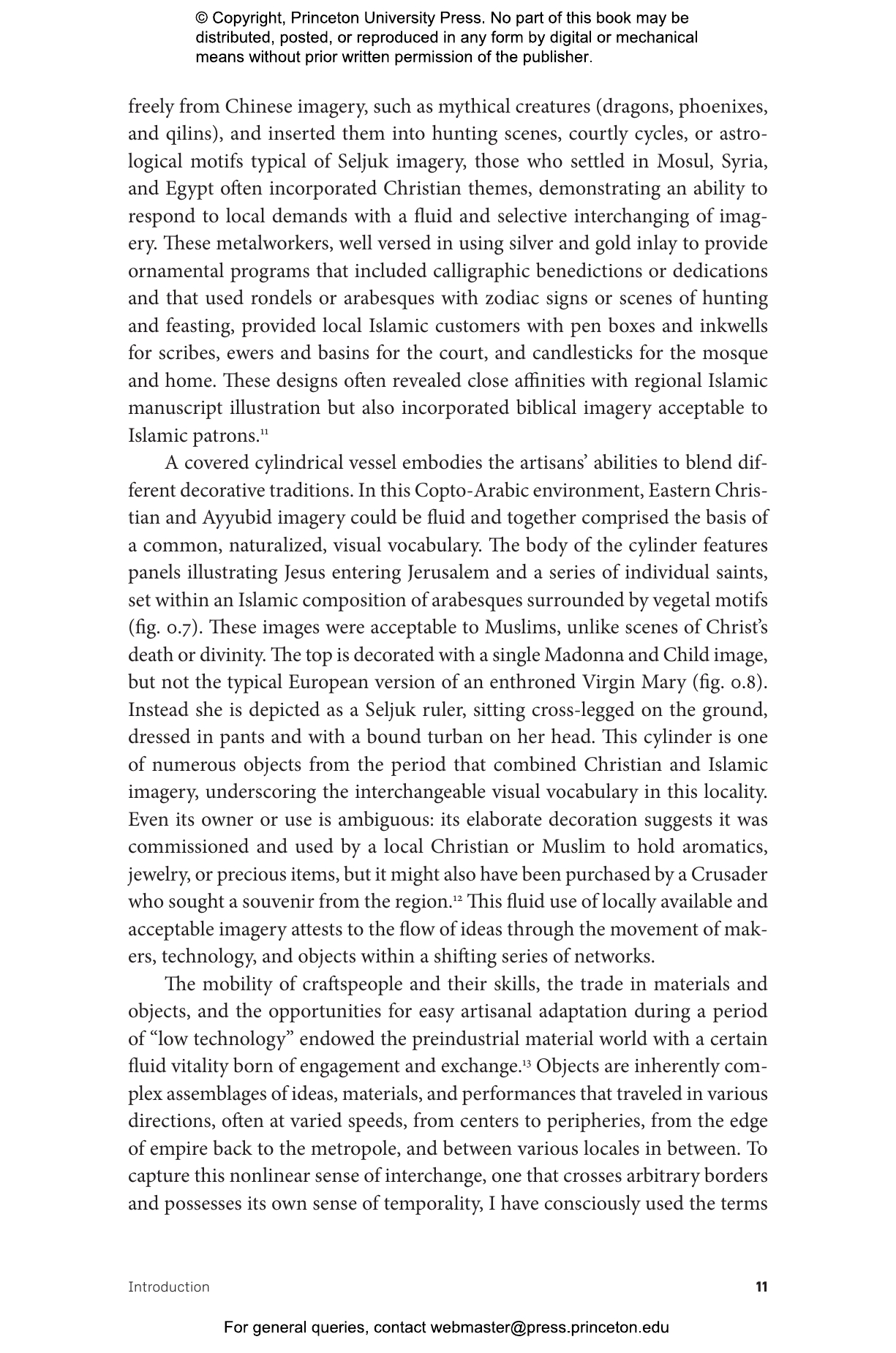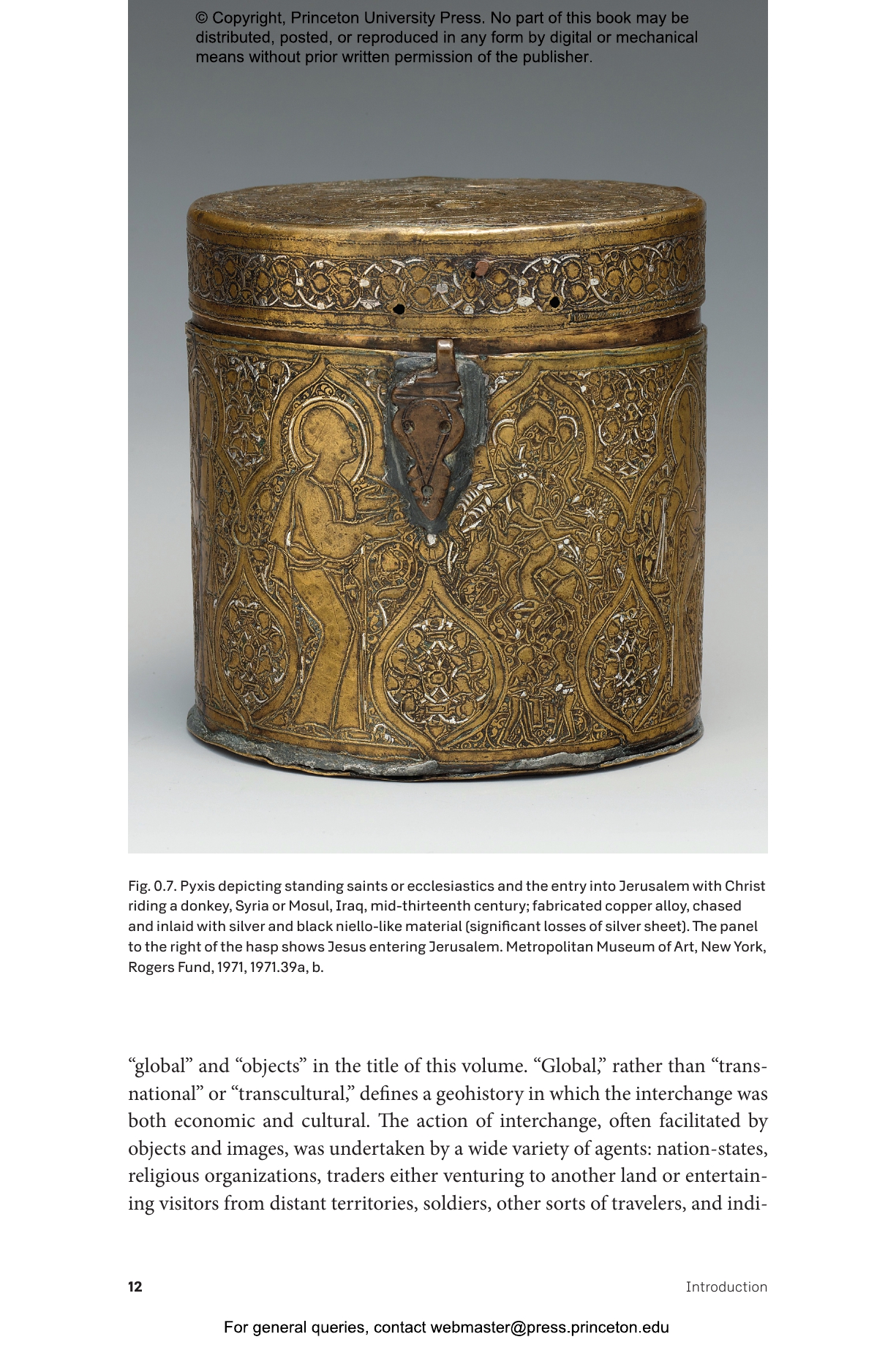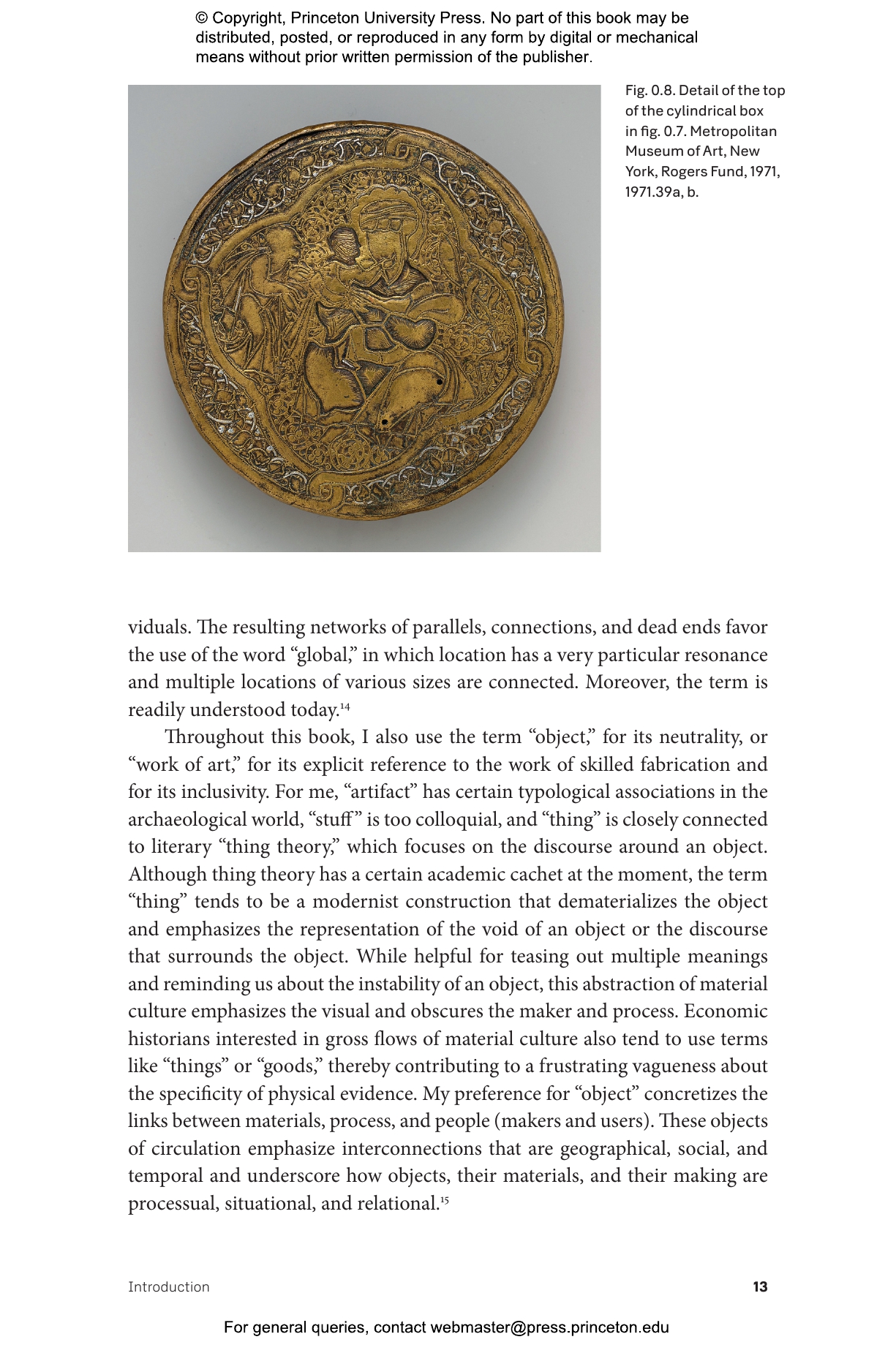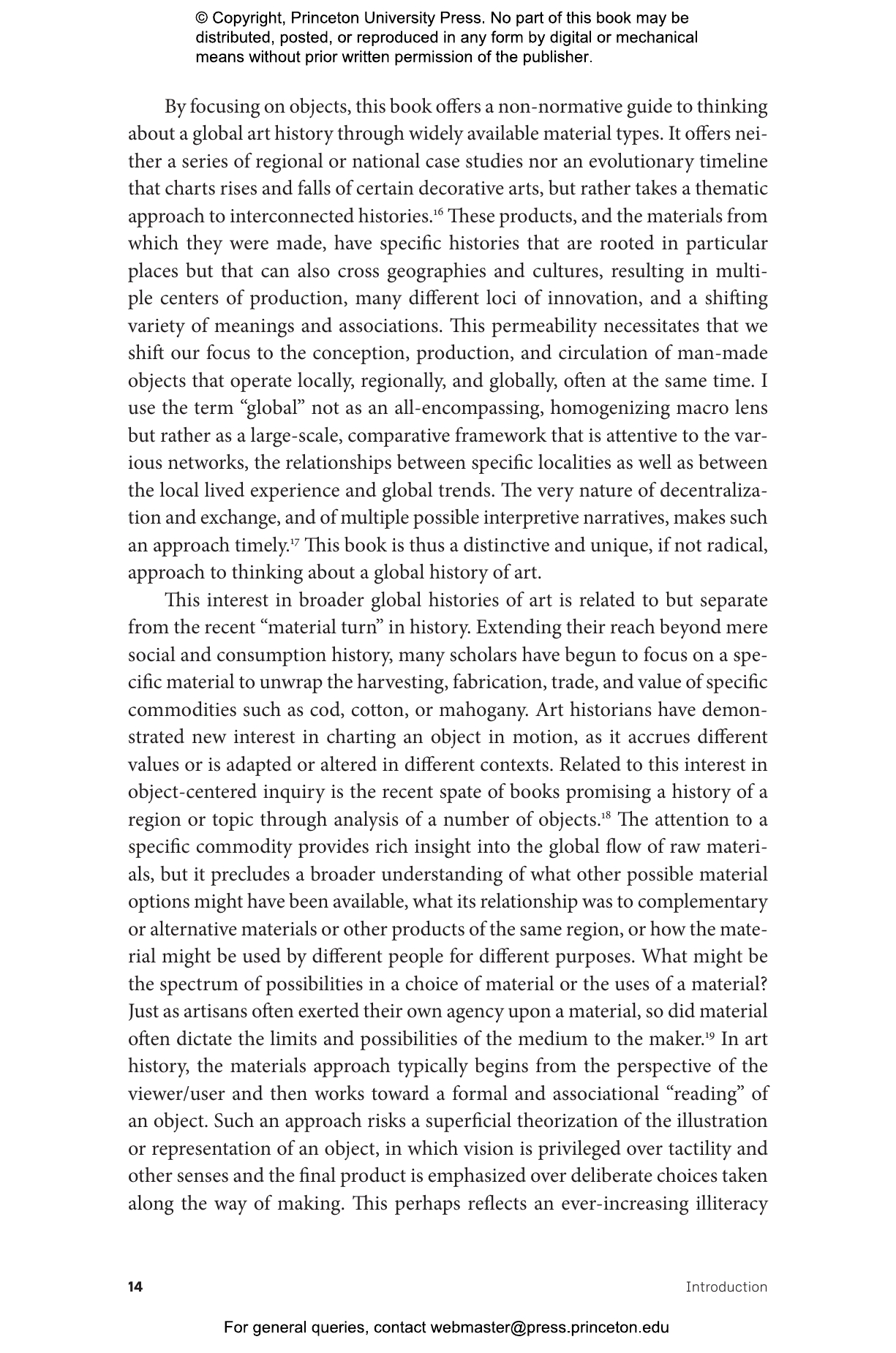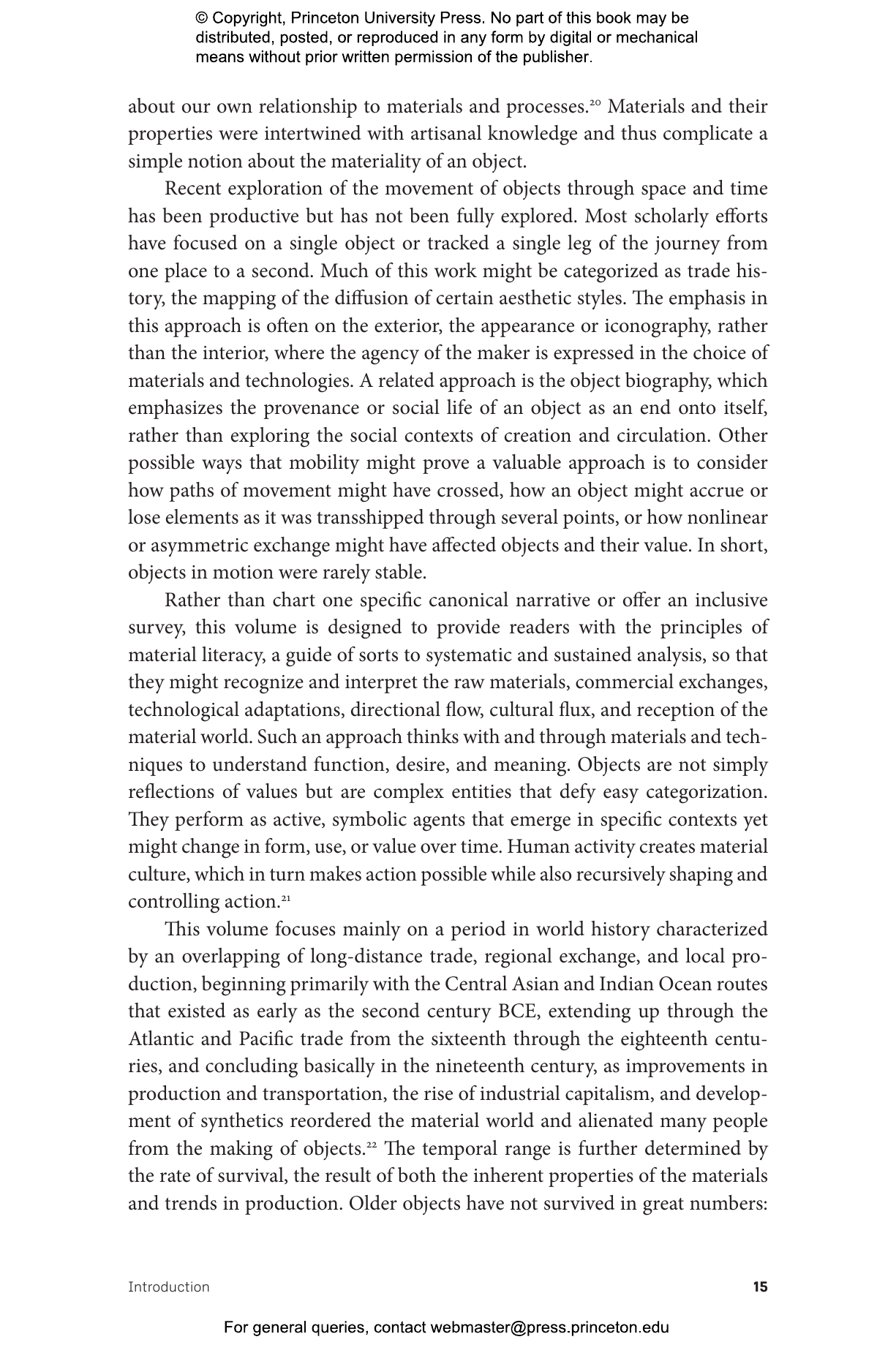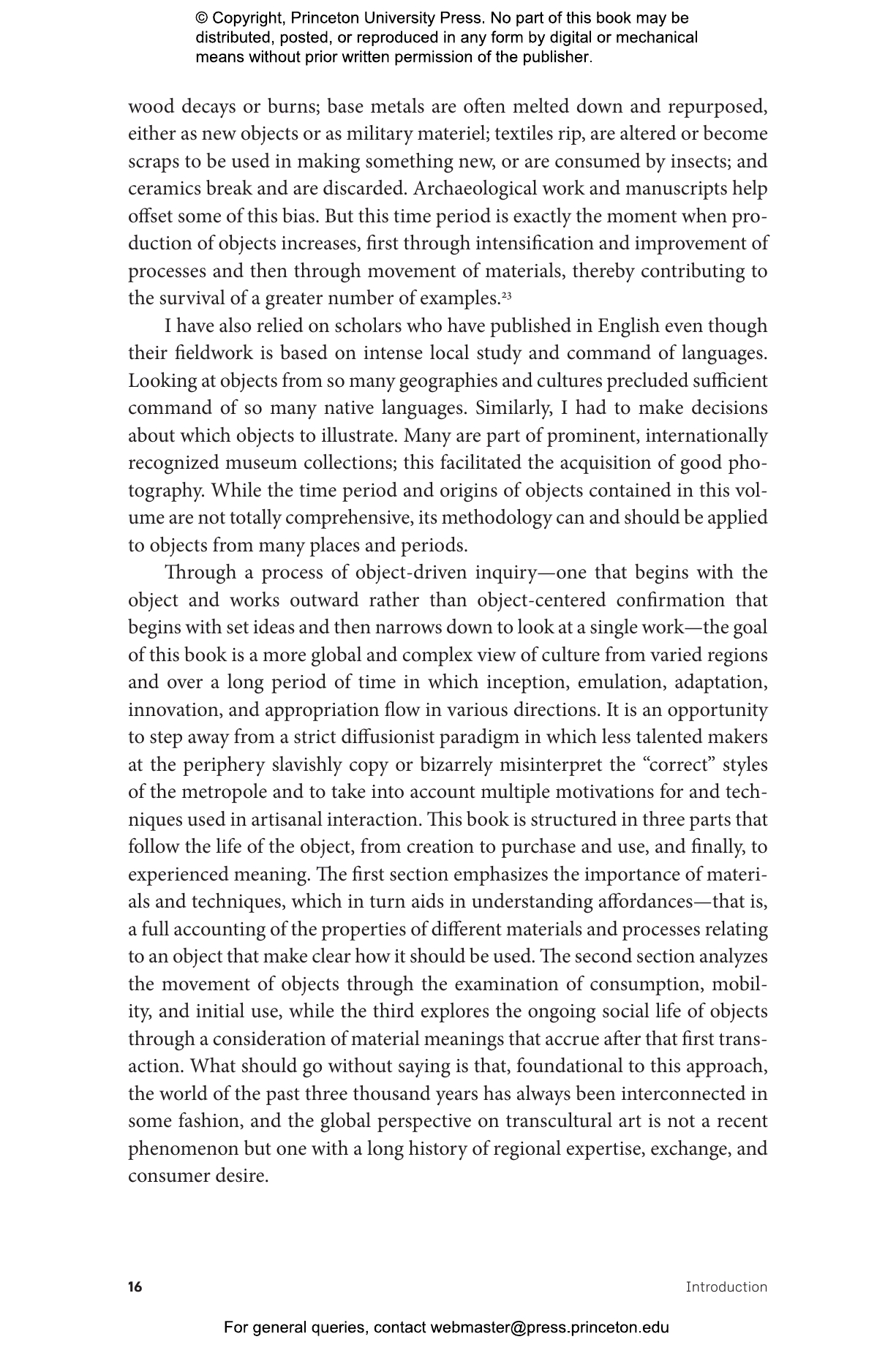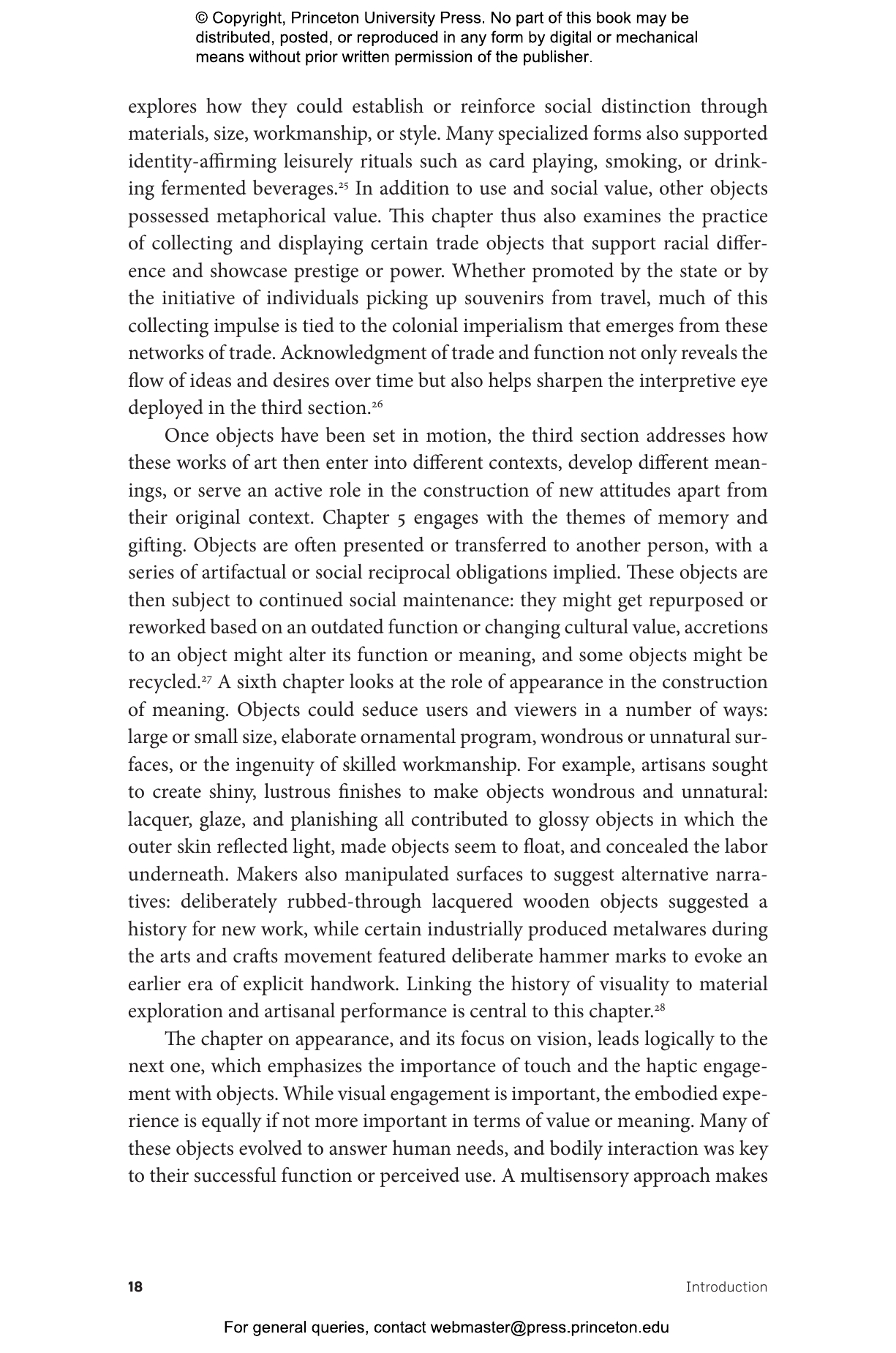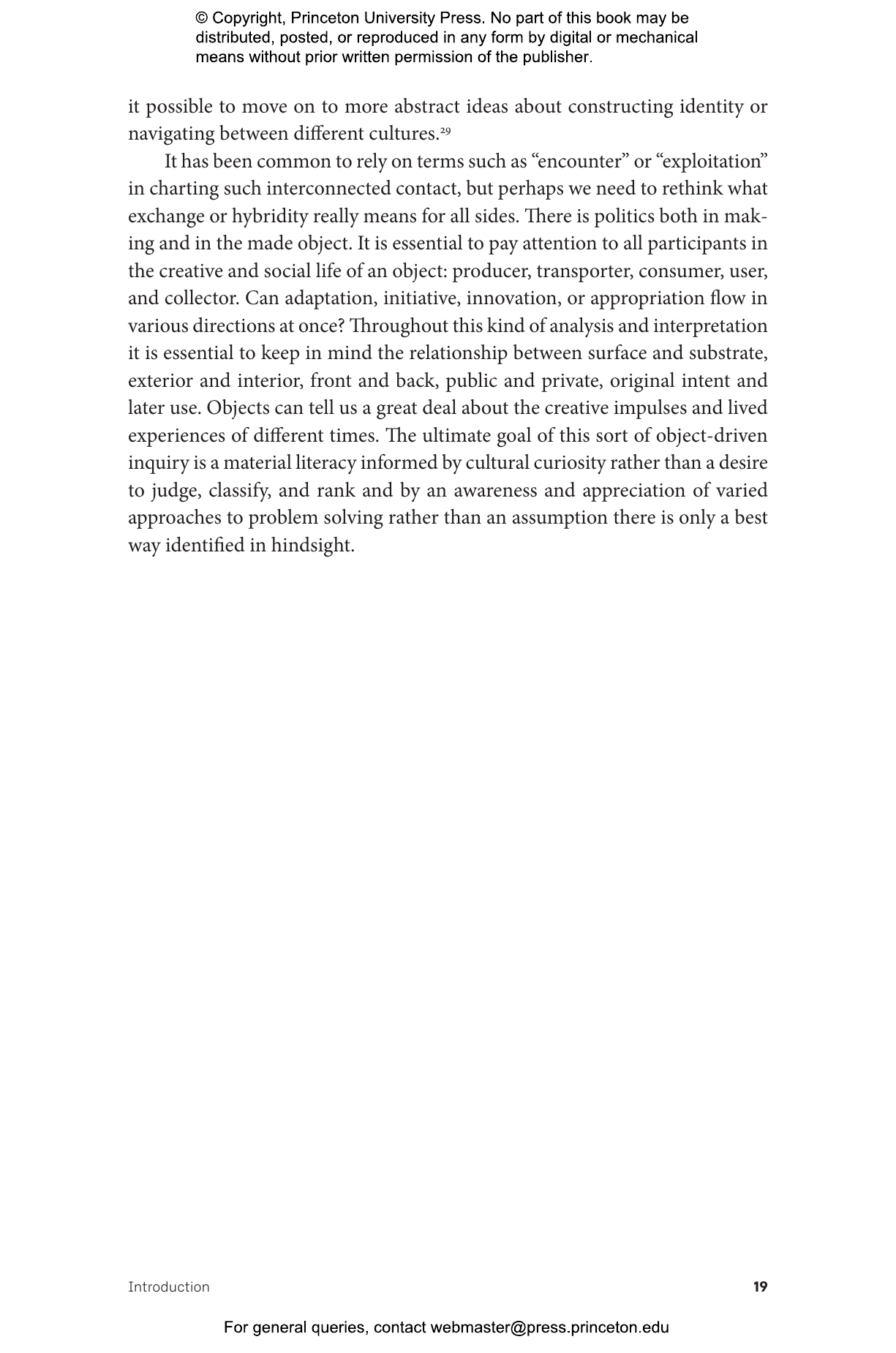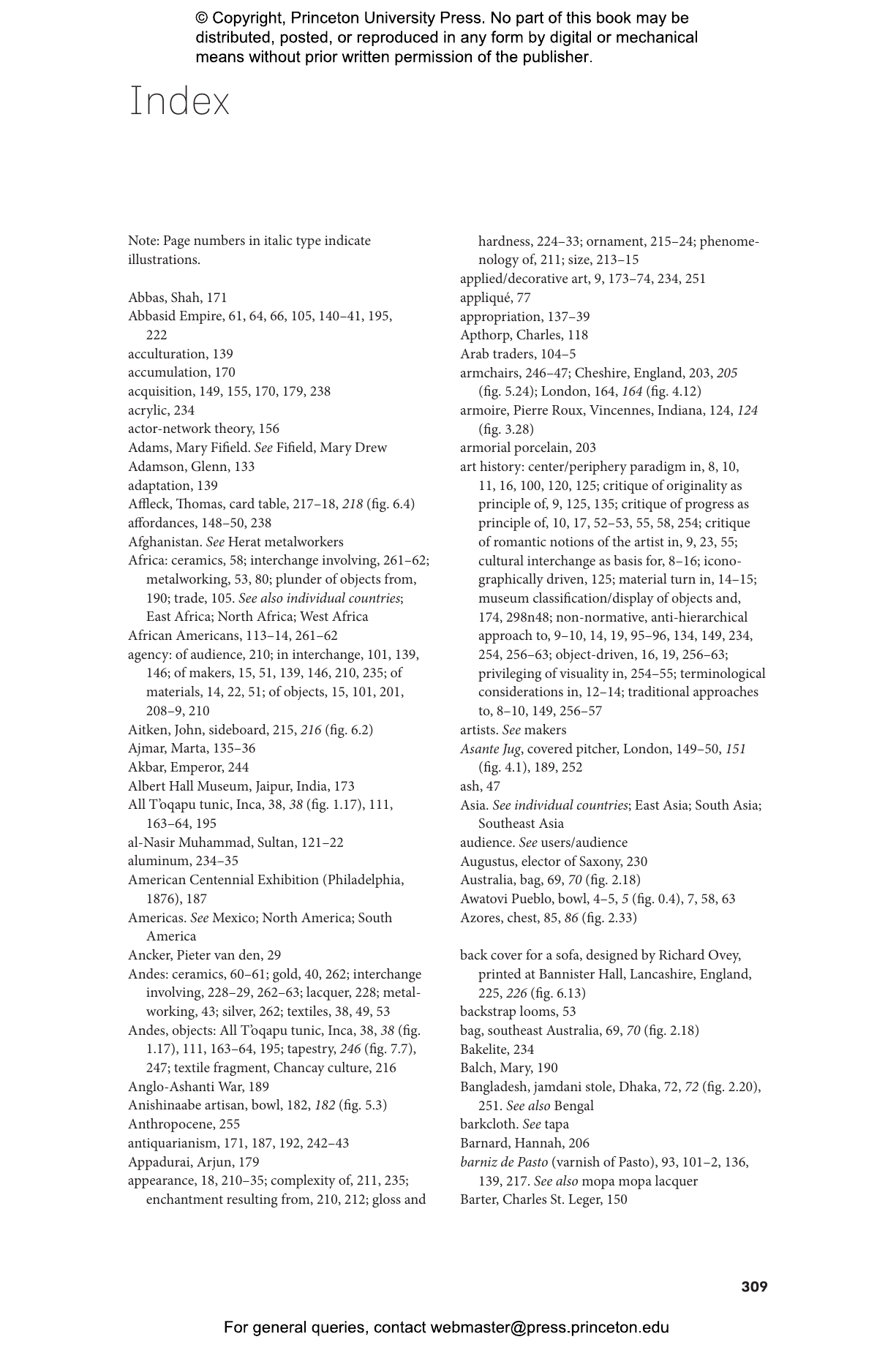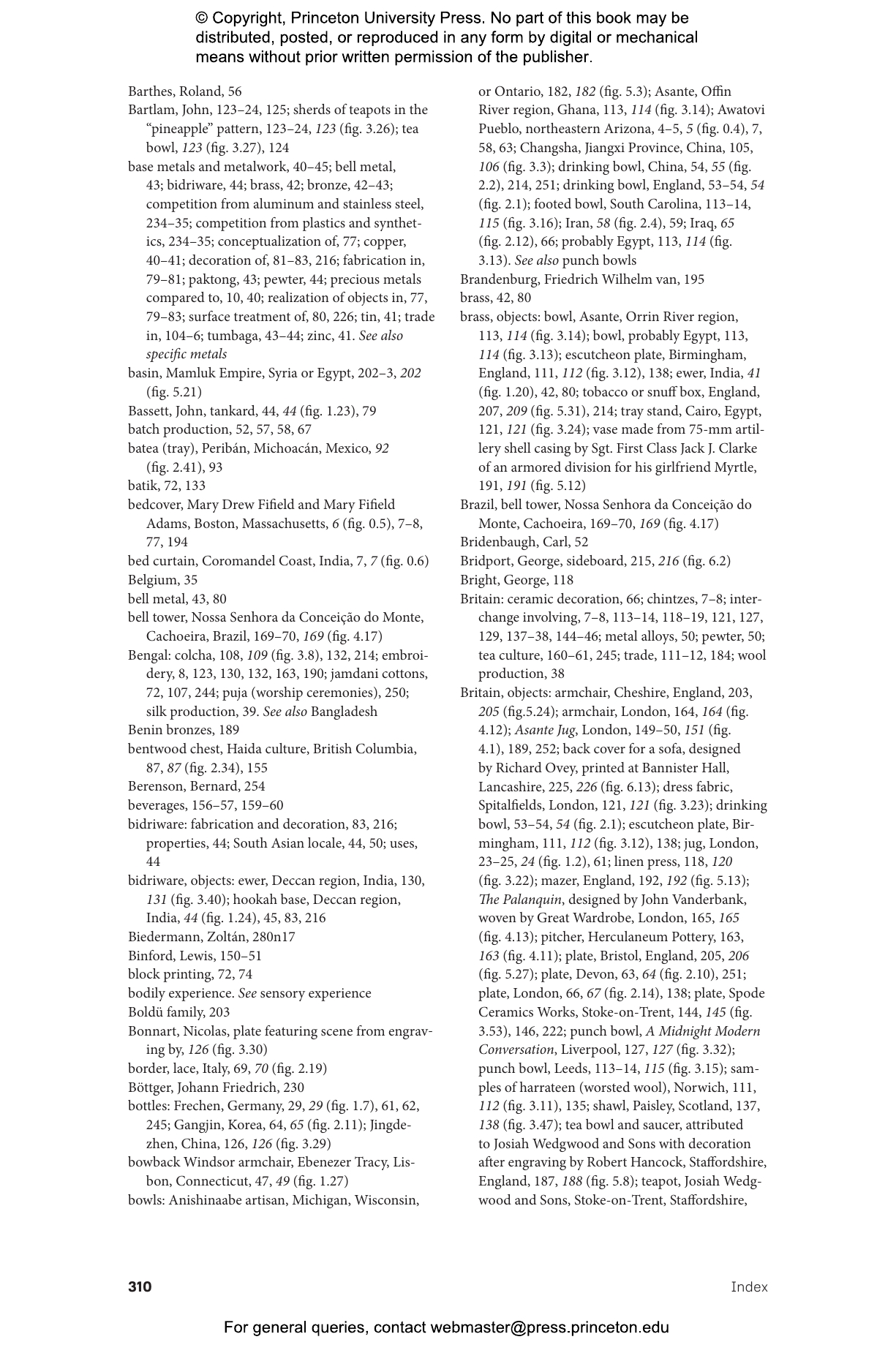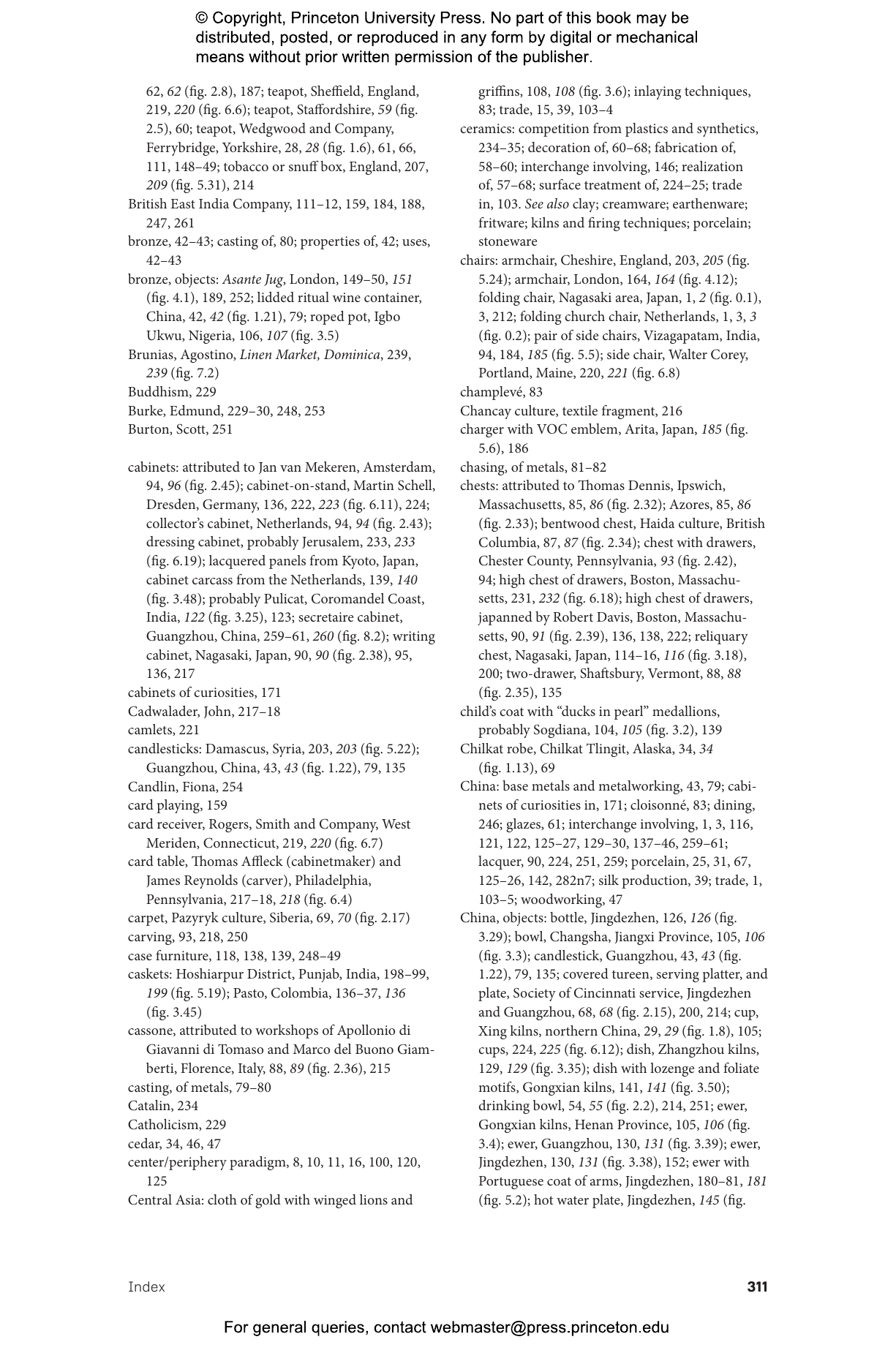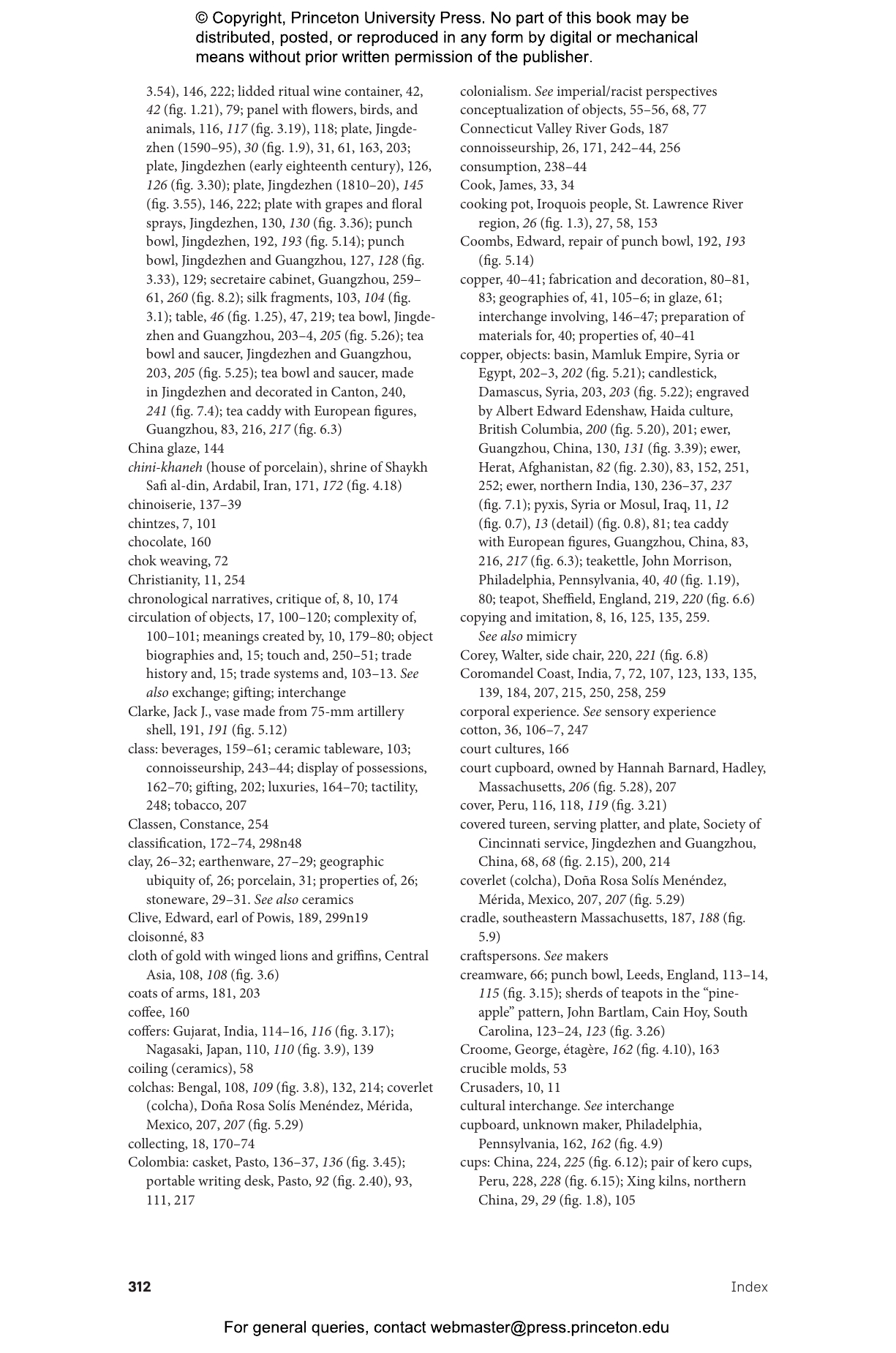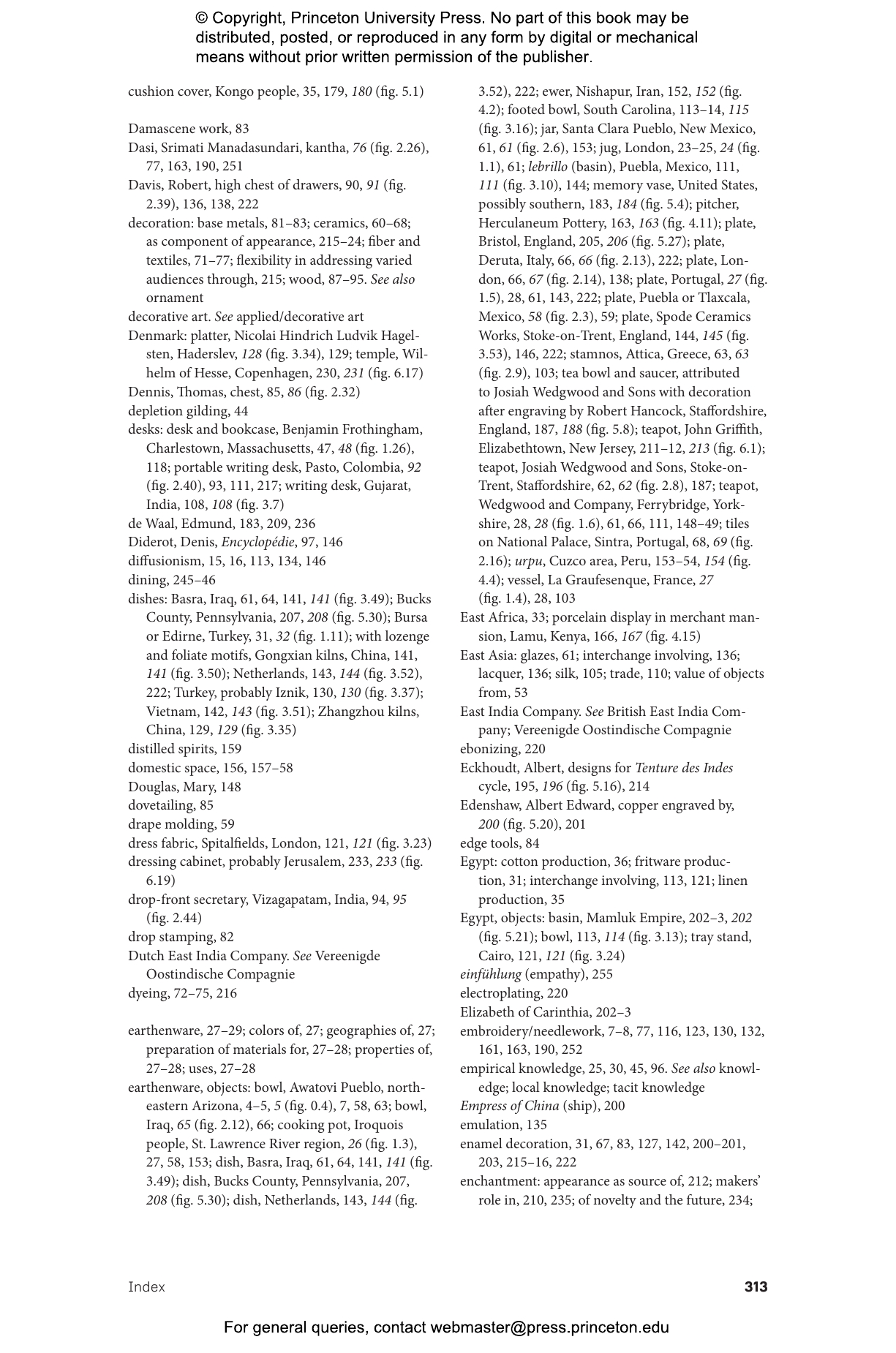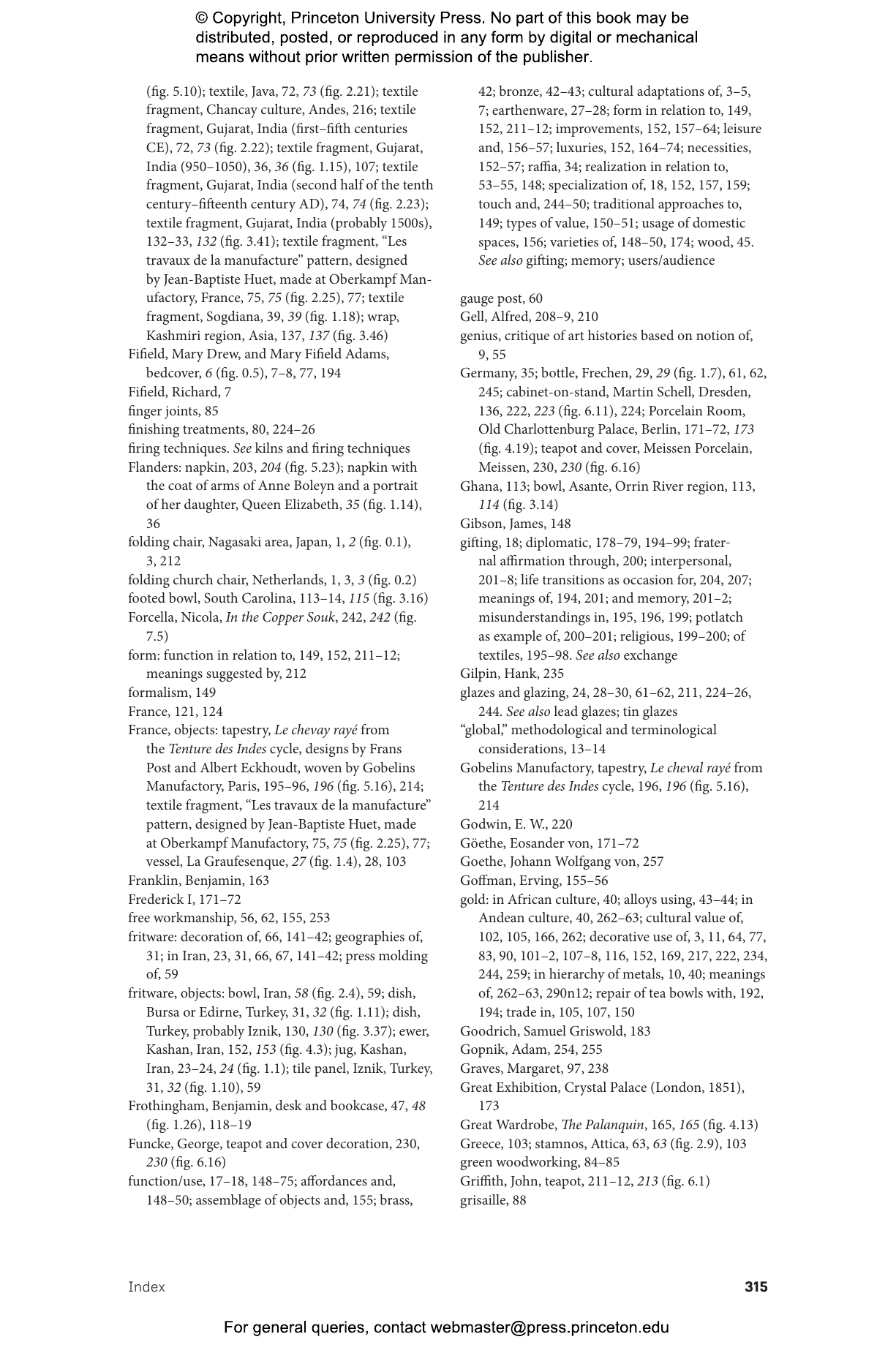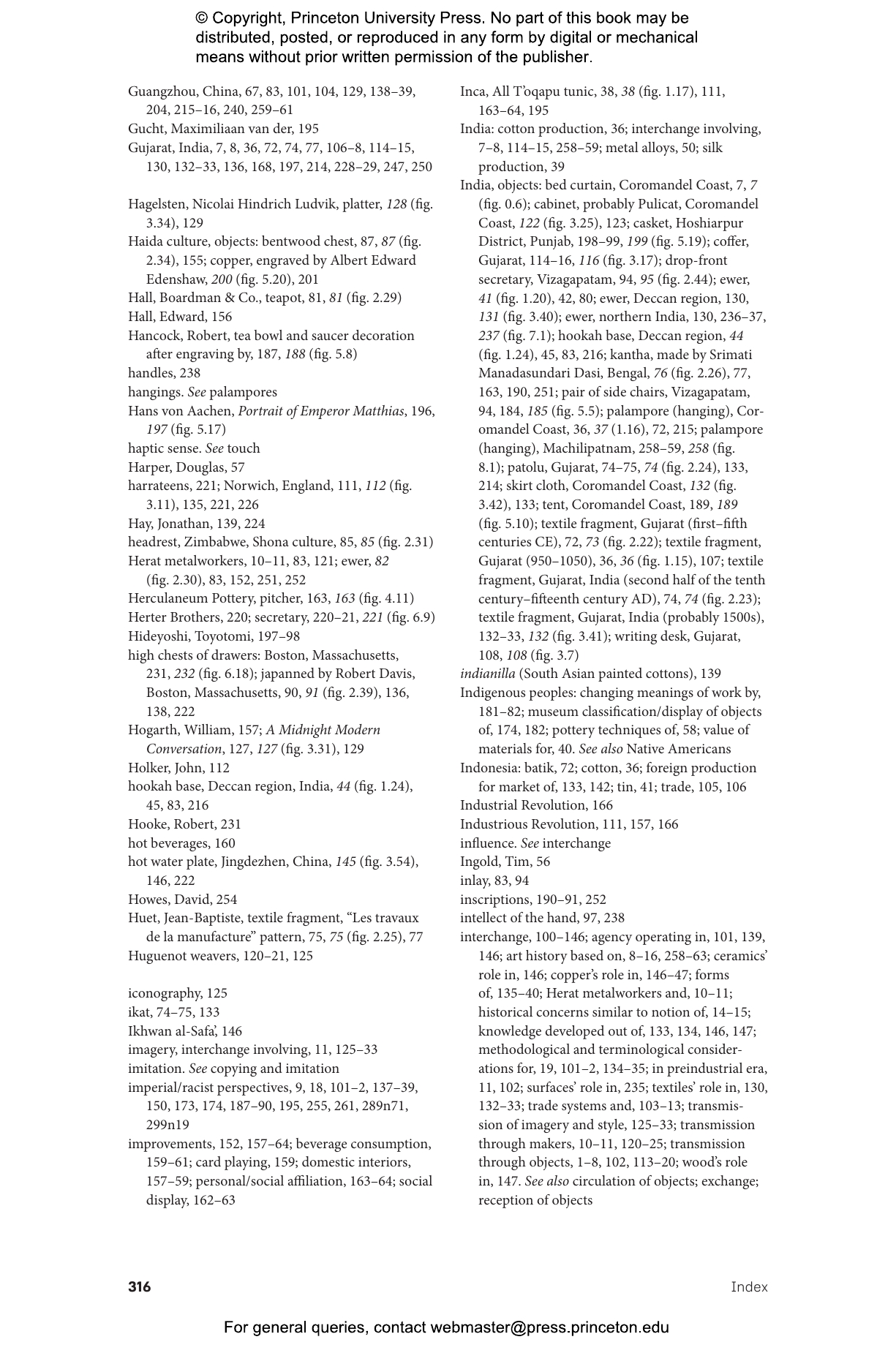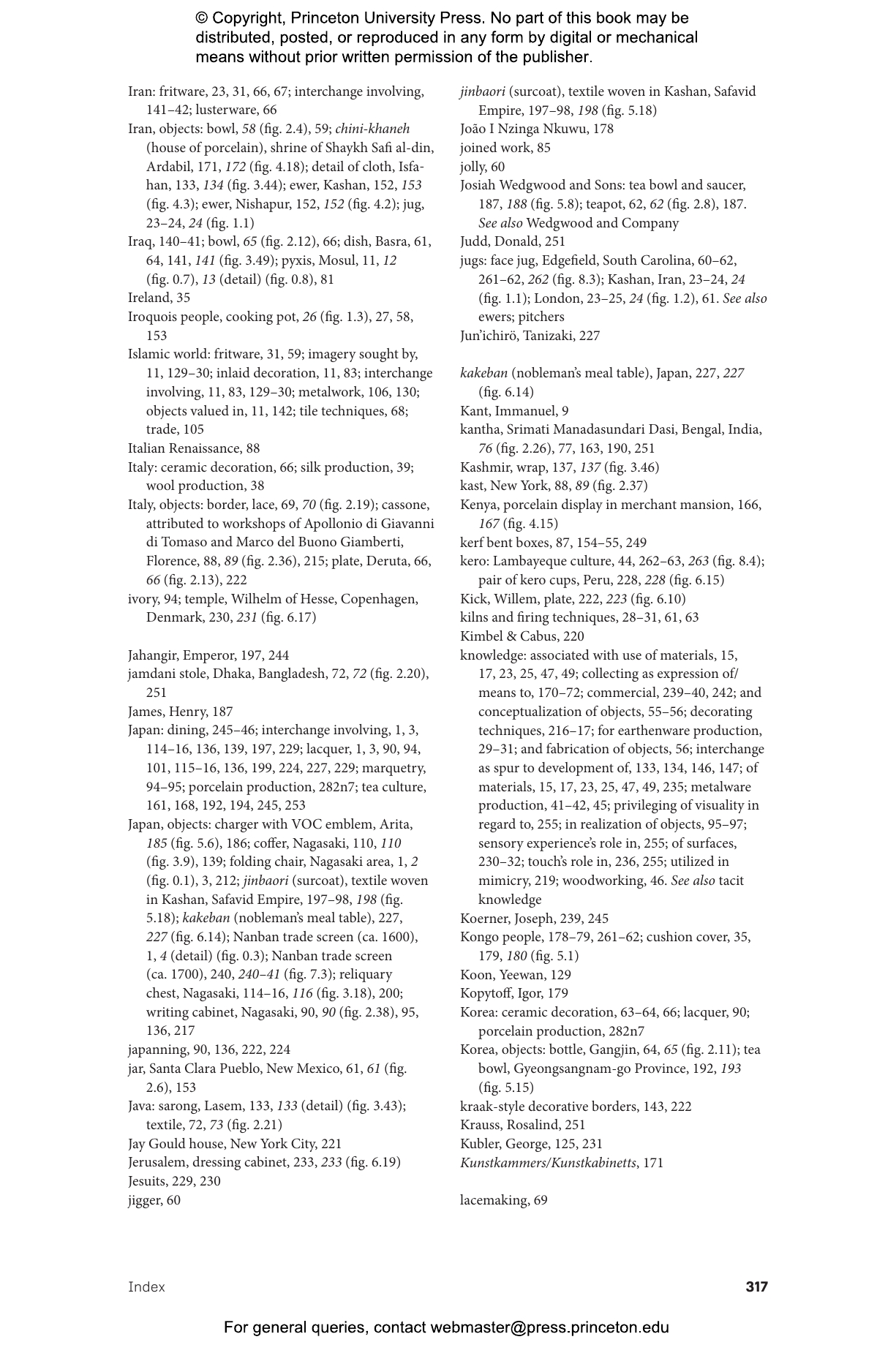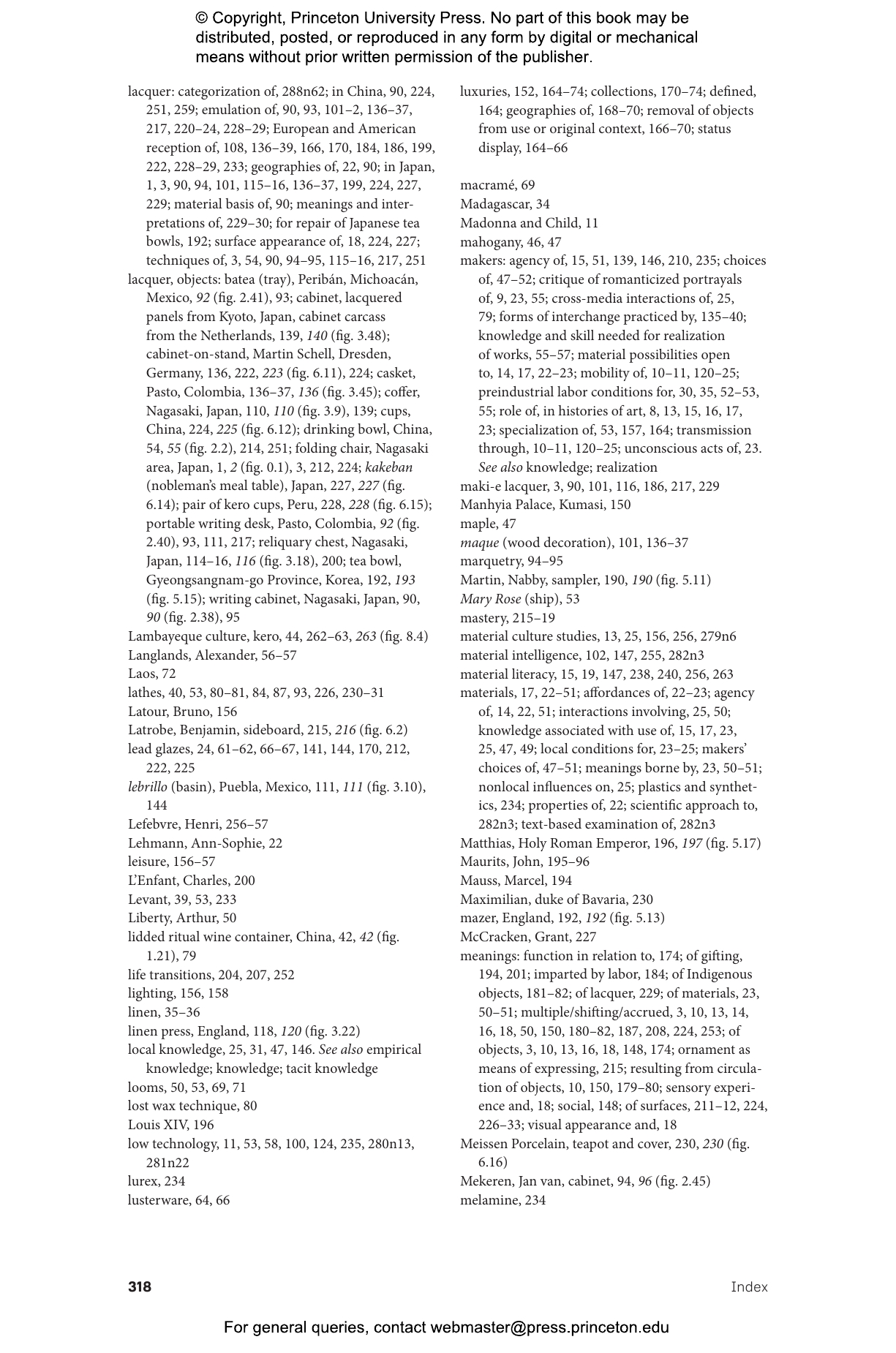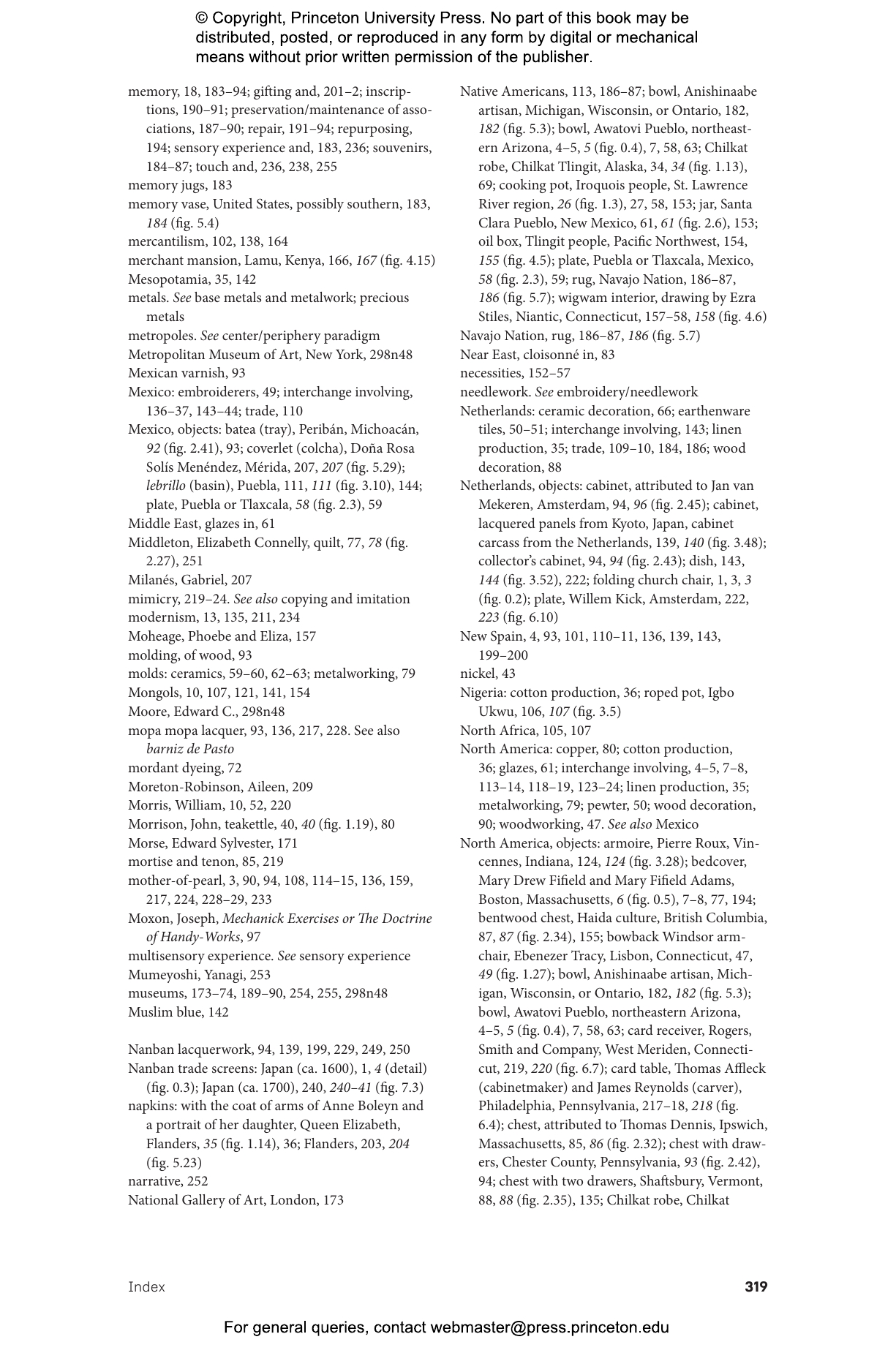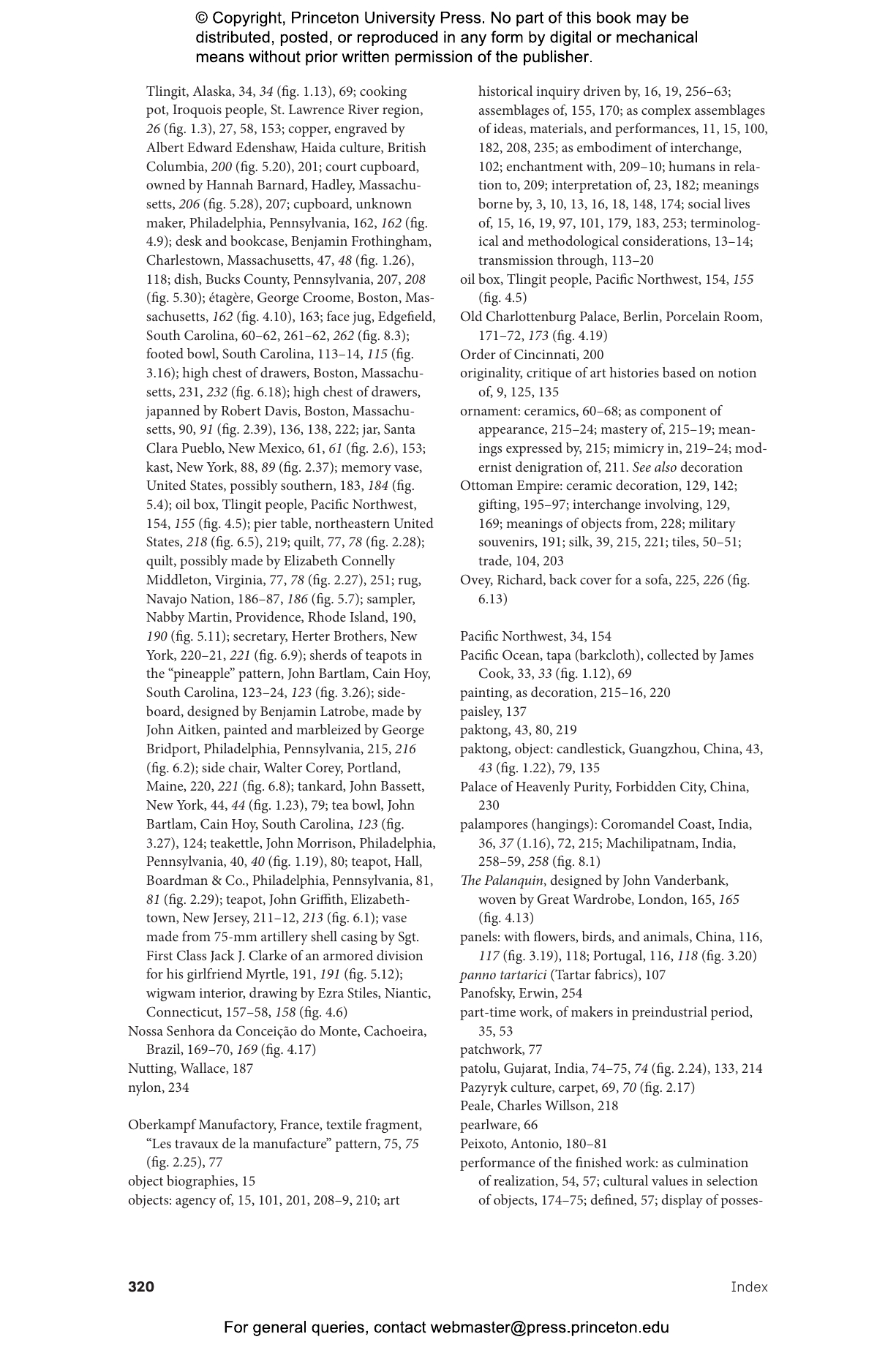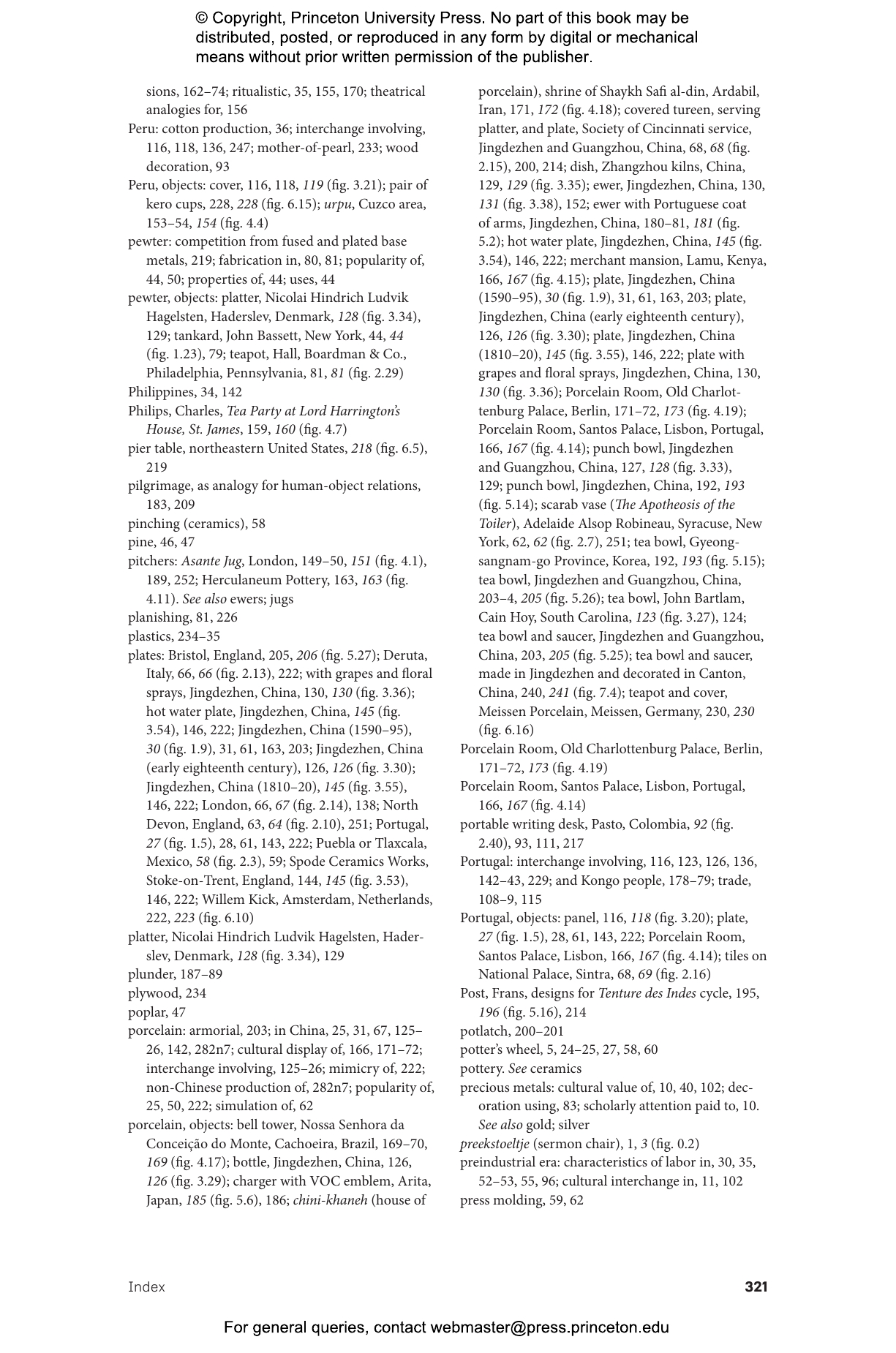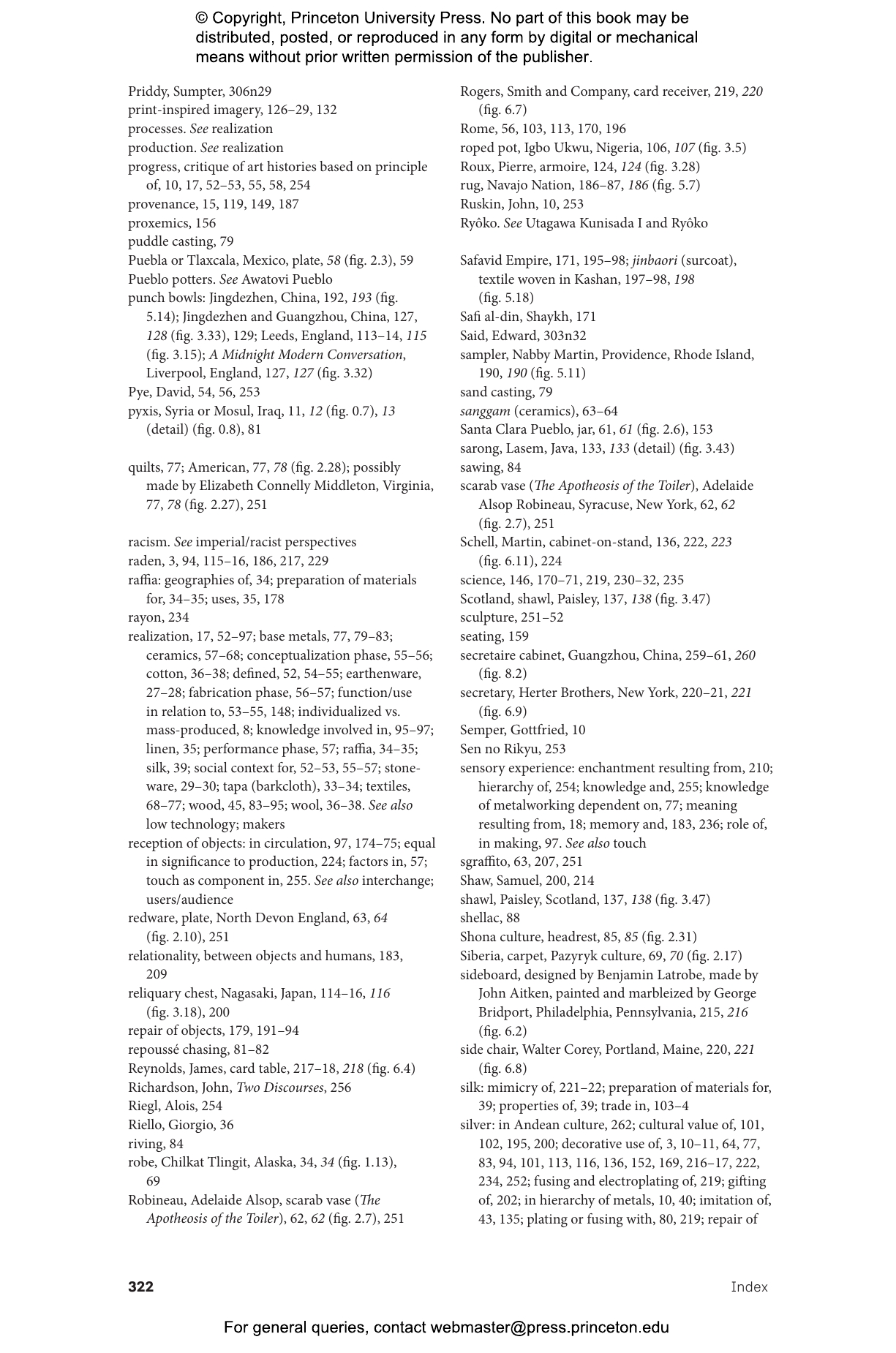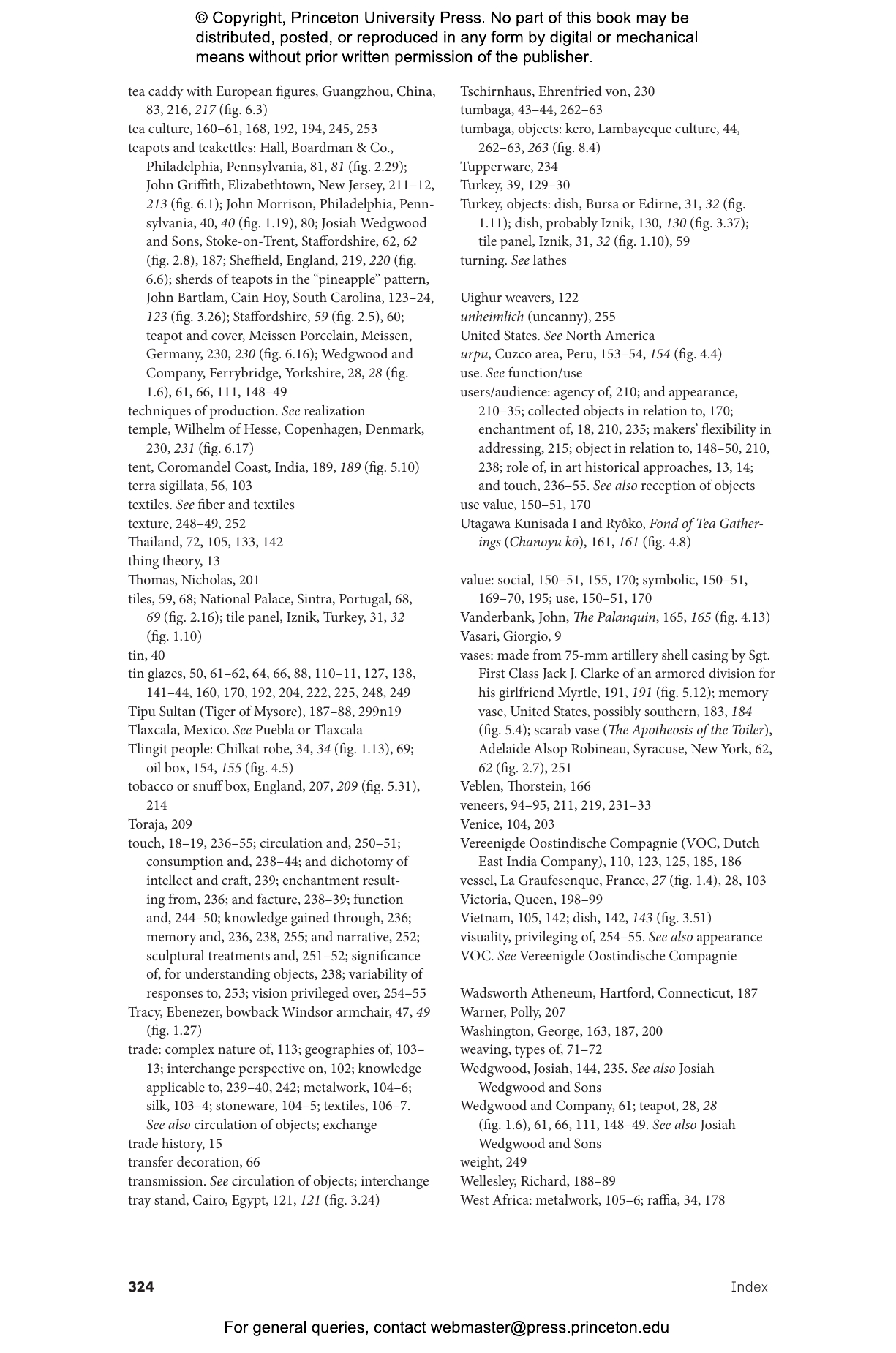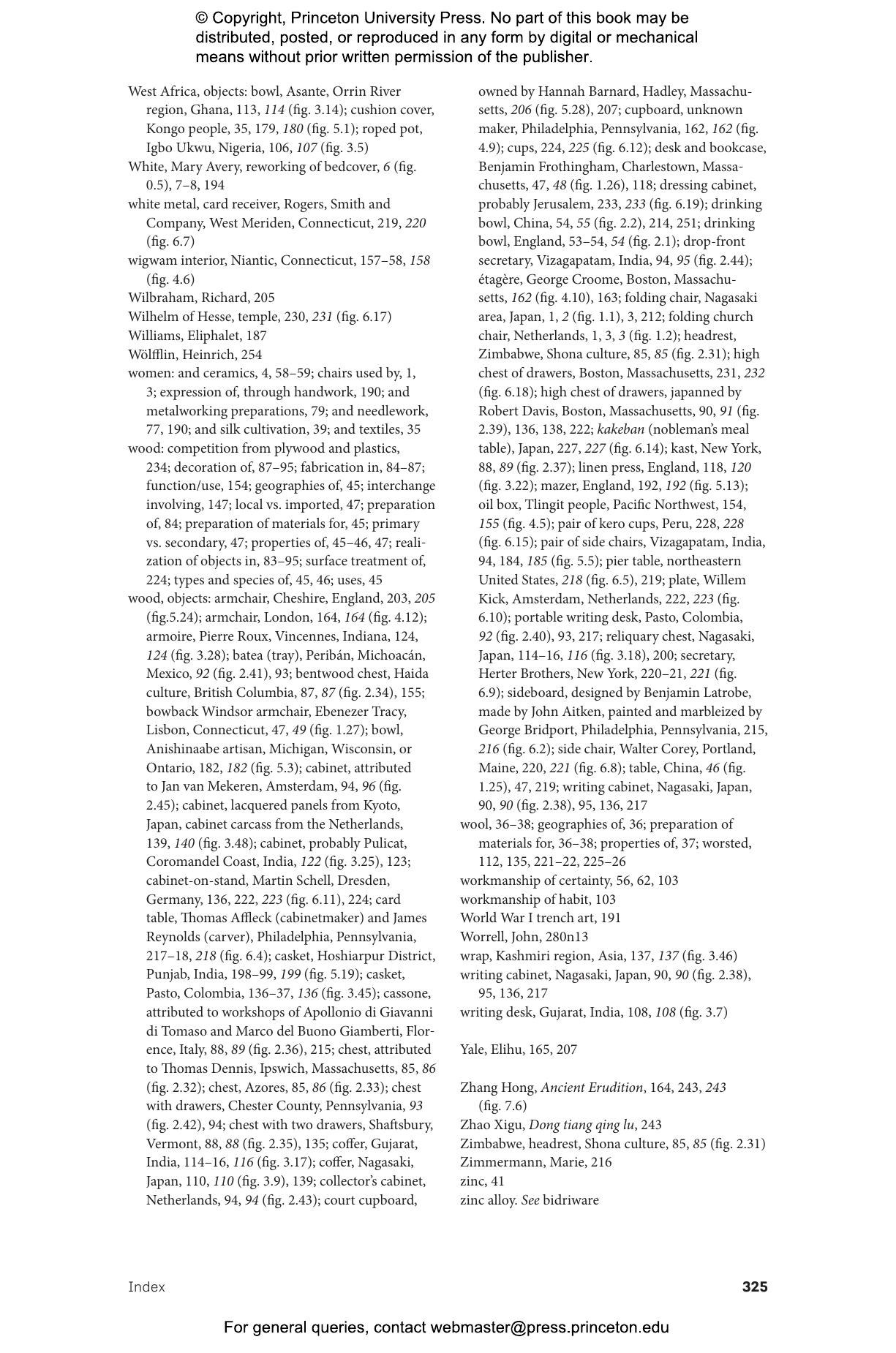Art history is often viewed through cultural or national lenses that define some works as fine art while relegating others to the category of craft. Global Objects points the way to an interconnected history of art, examining a broad array of functional aesthetic objects that transcend geographic and temporal boundaries and challenging preconceived ideas about what is and is not art.
Avoiding traditional binaries such as East versus West and fine art versus decorative art, Edward Cooke looks at the production, consumption, and circulation of objects made from clay, fiber, wood, and nonferrous base metals. Carefully considering the materials and process of making, and connecting process to product and people, he demonstrates how objects act on those who look at, use, and acquire them. He reveals how objects retain aspects of their local fabrication while absorbing additional meanings in subtle and unexpected ways as they move through space and time. In emphasizing multiple centers of art production amid constantly changing contexts, Cooke moves beyond regional histories driven by geography, nation-state, time period, or medium.
Beautifully illustrated, Global Objects traces the social lives of objects from creation to purchase, and from use to experienced meaning, charting exciting new directions in art history.
"[A] remarkably insightful book. . . . [Global Objects] illustrates how the hegemony of power attributed to ‘fine art,’ as distinguished from objects that have a utility in our daily lives, has resulted in a poverty of taste as well as the perpetuation of self-fulfilling prophecies about the importance of the so called ‘sublime’ in the construction of civilizations."—Donald Brackett, Critics at Large
"A fascinating Tintin-esque history of many human artifacts that have truly global pedigrees. . . . An interesting read."—Jesse Russell, University Bookman
"Challenging the binaries of Western versus Other and 'high' versus 'low' art in this book, Cooke presents a revisionist approach to global material culture that frames art objects as embodiments of social interactions across space and time. Global Objects. . . makes material culture studies digestible to individuals who seek to understand objects beyond the traditional fields of Western art history . . . [and] presents a necessary methodological revision to material culture studies in the post-colonial era."—Yasmine Yakupper, 21: Inquiries into Art, History, and the Visual – Beiträge zur Kunstgeschichte und visuellen Kultur
"One of the great successes of Cooke’s Global Objects is it is an analysis based on a significant number of case studies, a corpus of considerable scale. The attention paid to the objects themselves and the important place they occupy in the whole of Cooke’s study, both visually and in terms of the narrative, make Global Objects a solid and handsome contribution to the history of art."—Noémie Etienne, Art Bulletin
"As an introduction to material literacy, as a manifesto for a more inclusive art historical methodology, and above all, as a moving investigation of the power of objects to teach us, Global Objects succeeds beautifully in its aims."—Dawn Odell, Sehepunkte
“This unique book explores an astonishing range of materials, techniques, and objects, providing readers with the tools to better understand diverse cultures of making. Cooke’s analyses are deceptively simple, using cogent, straightforward language and precise descriptions to draw surprising and even virtuosic connections between objects and the world.”—Yukio Lippit, author of Japanese Zen Buddhism and the Impossible Painting
“In refusing art history’s tendency to view artworks through national and ethnocentric lenses, Cooke gives us new ways to understand how artists responded to new ideas on their own terms. Global Objects enables us to appreciate the messiness of objects and the interconnected worlds that give birth to them.”—Steven Nelson, Center for Advanced Study in the Visual Arts
“This book puts objects at the center of the investigation, from close observation of material substrate to changing functions to global movements and objects’ social lives. Honoring them and their (usually unknown) skilled creators in a way that is very rare in art history, this book is the outcome of a career spent thinking with and through objects.”—Margaret Graves, author of Arts of Allusion: Object, Ornament, and Architecture in Medieval Islam
“This is a book that art history has needed for a long time. Offering a new paradigm for thinking about works of art, Global Objects creates new pathways for scholars that are based in what objects actually are and not preconceived notions of cultural importance, economic value, aesthetics, or other determinants.”—Michael Yonan, coeditor of Eighteenth-Century Art Worlds: Global and Local Geographies of Art
“Global Objects offers a view of what art history can look like when the enthusiasm for material culture is taken seriously, pushing us to contemplate what is shared across cultures while averting the dangers of homogenization. Here Cooke invites us into the backs, depths, and insides of objects, and into the climactic conditions that affect the texture and availability of materials.”—Pika Ghosh, author of Making Kantha, Making Home: Women at Work in Colonial Bengal
